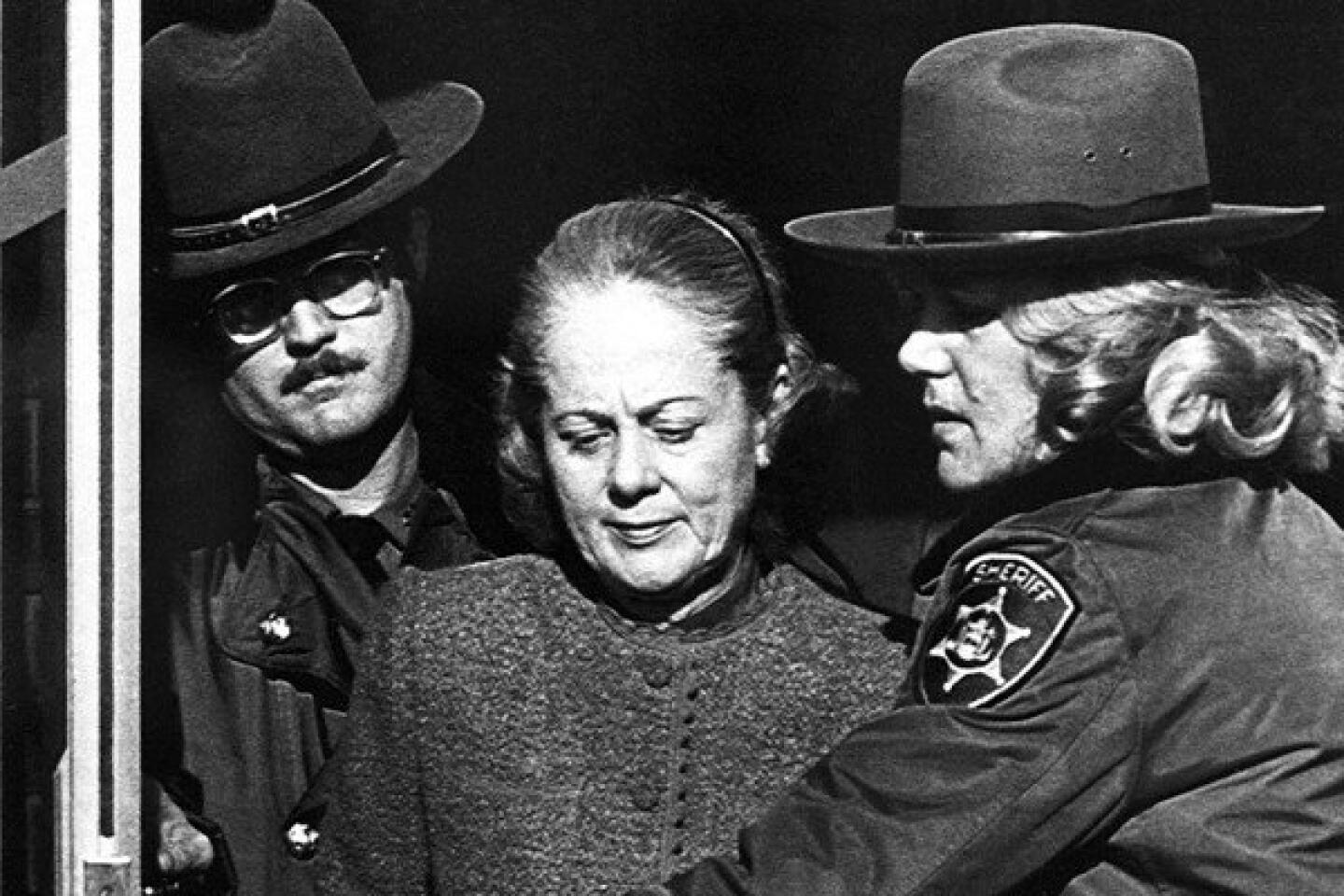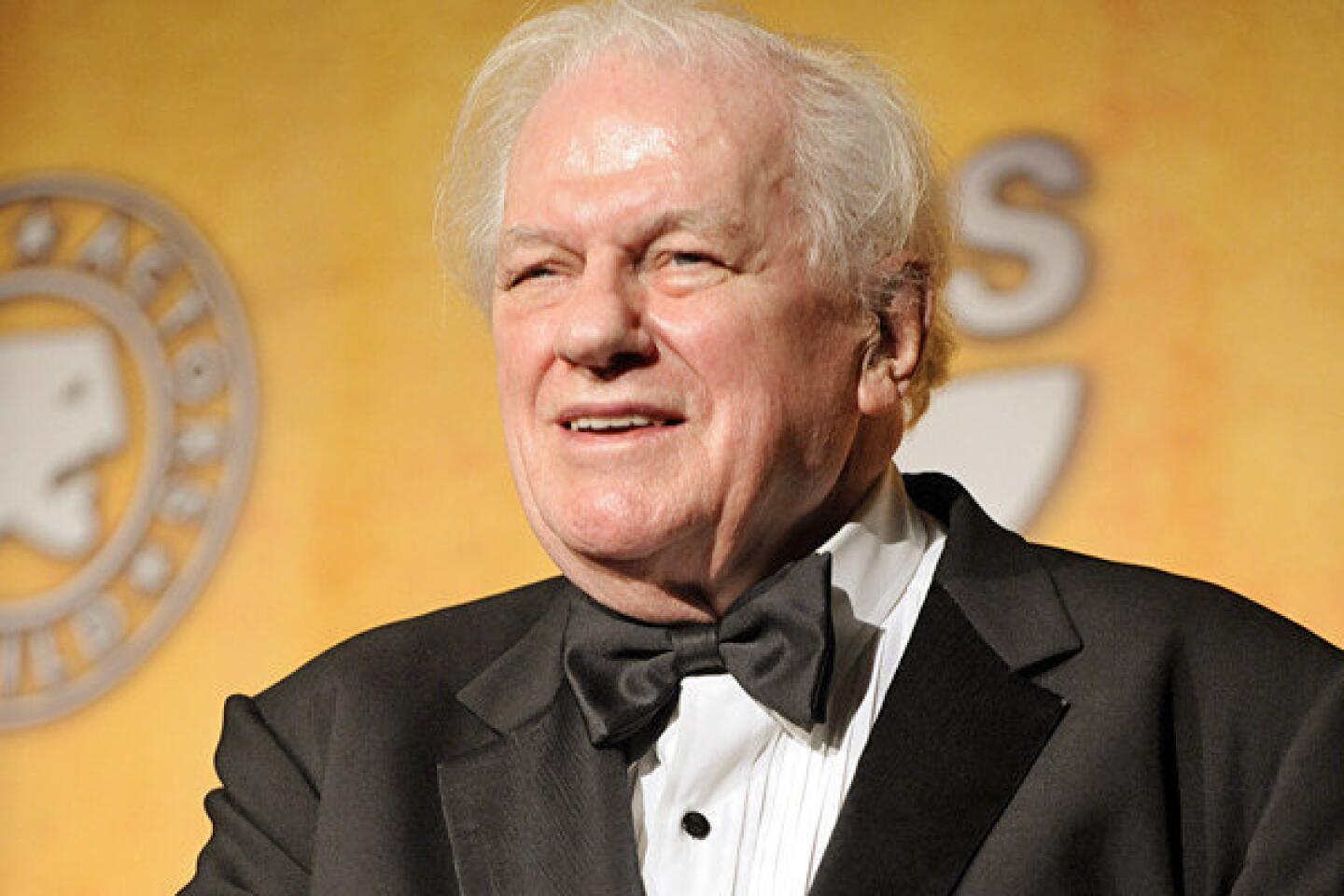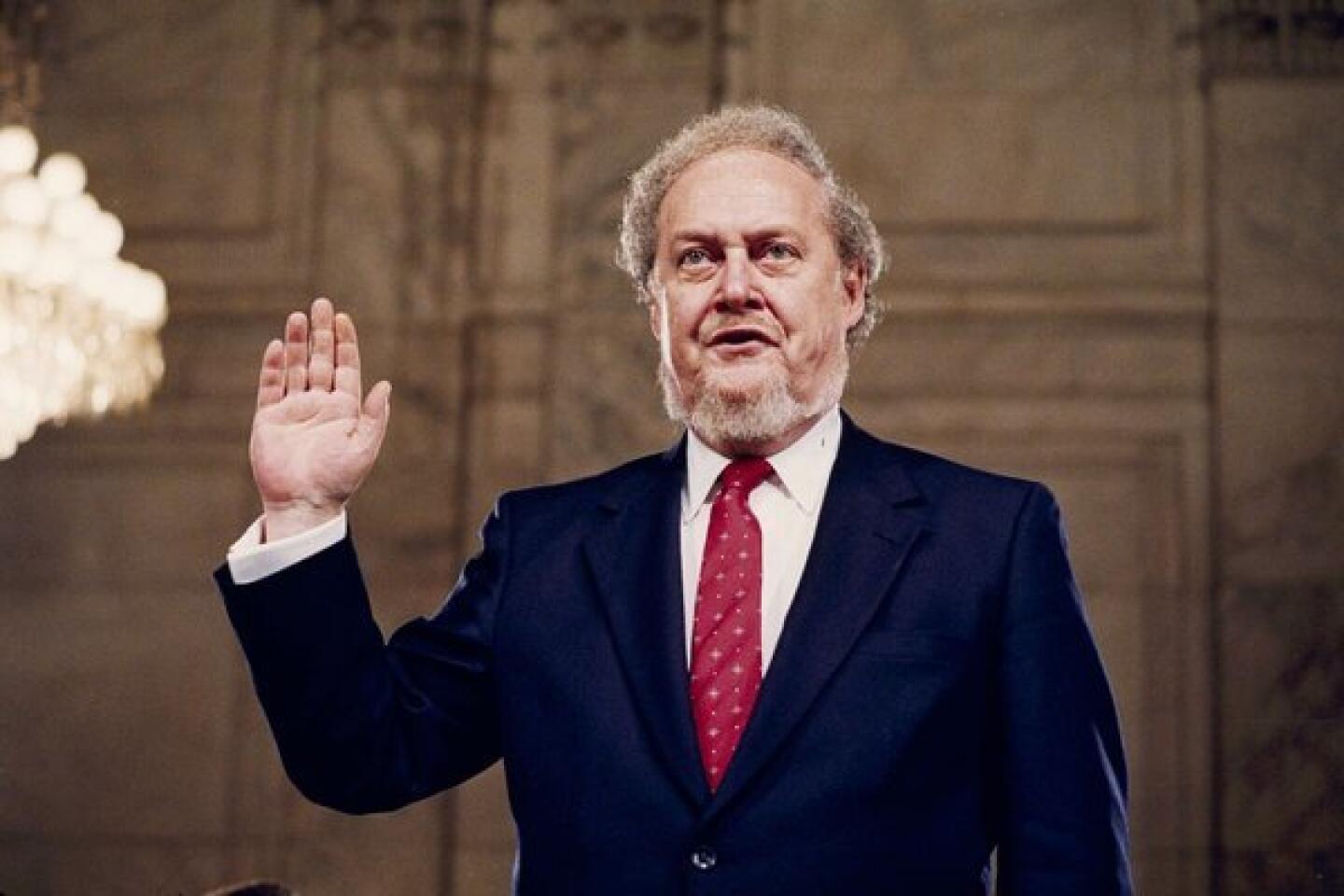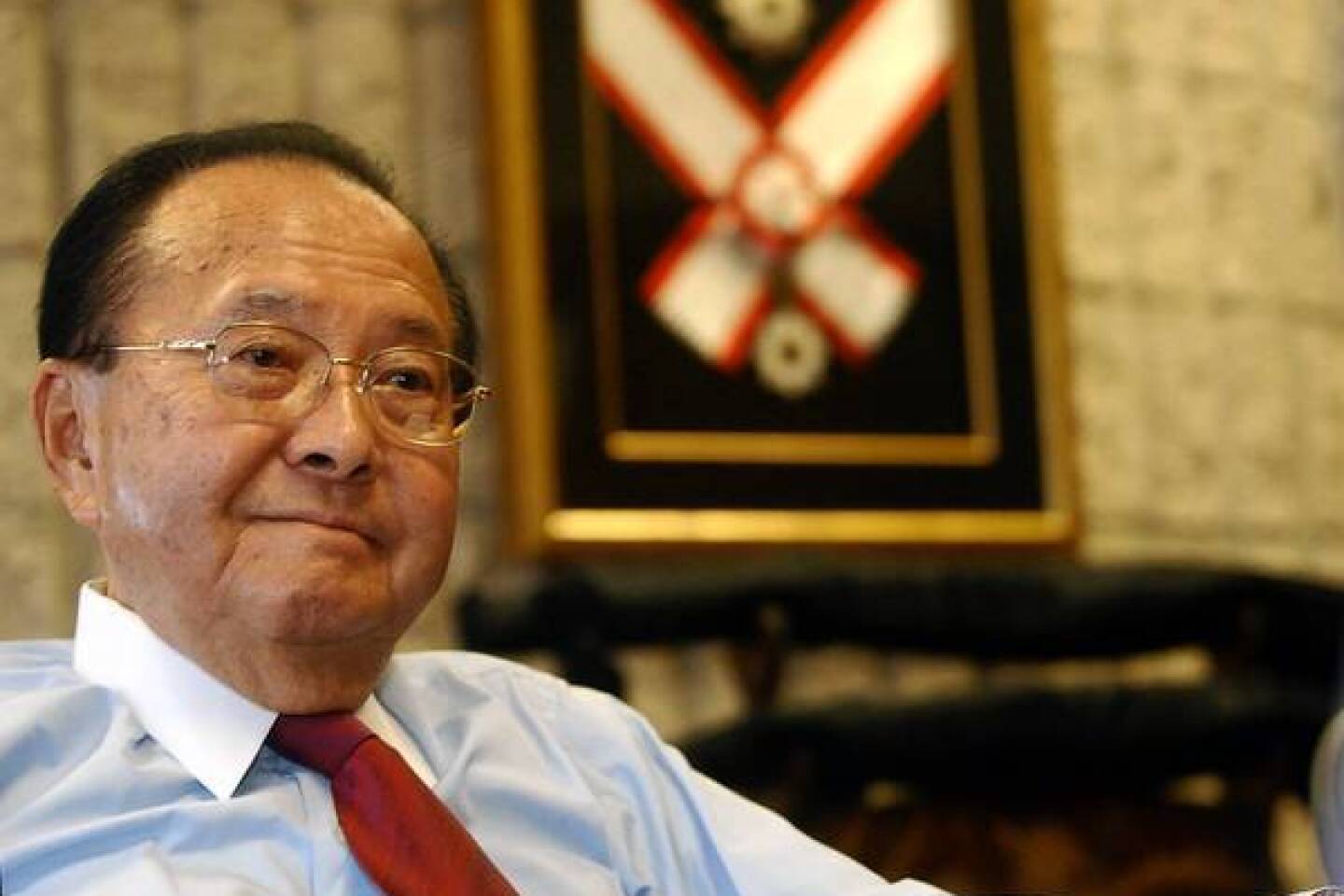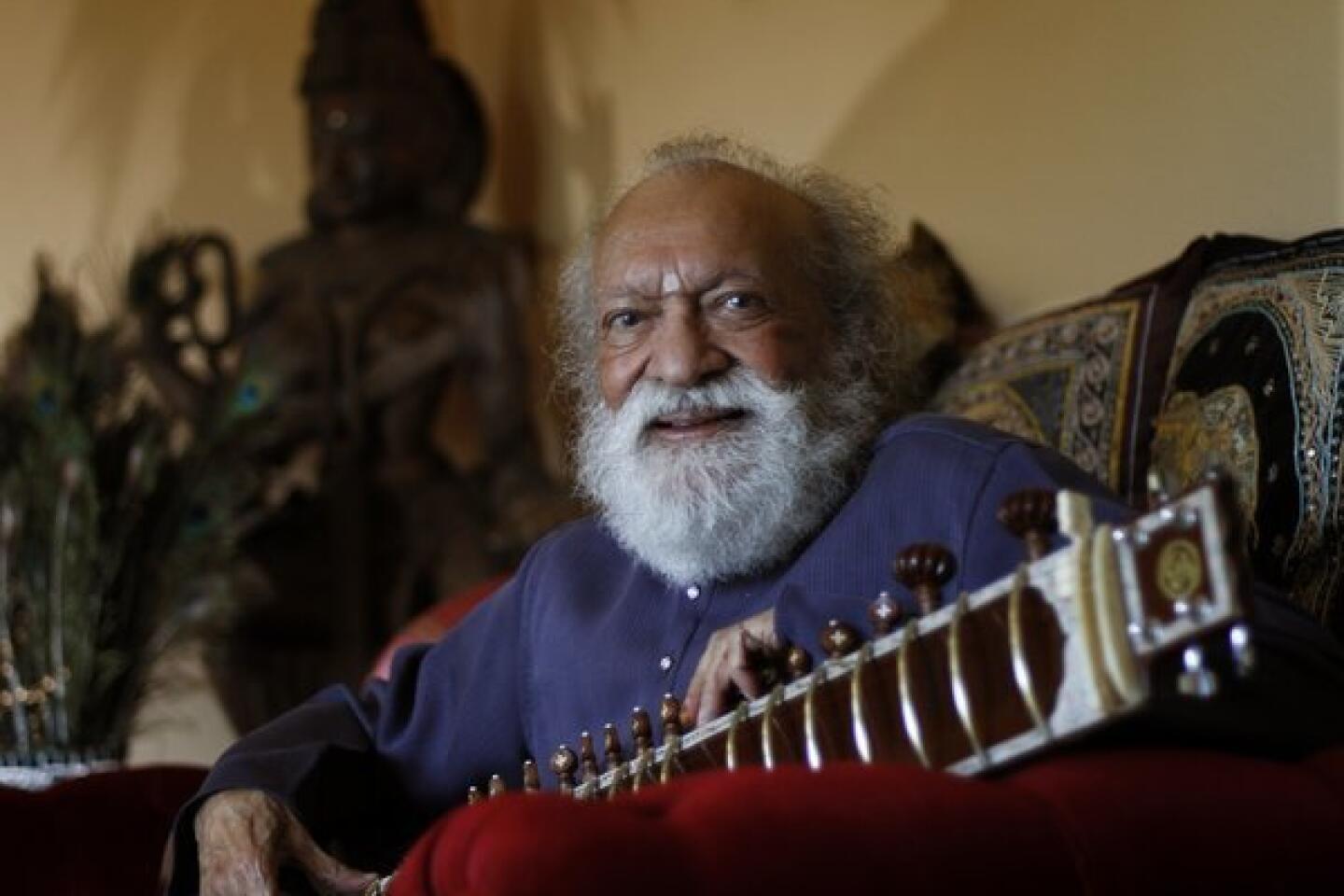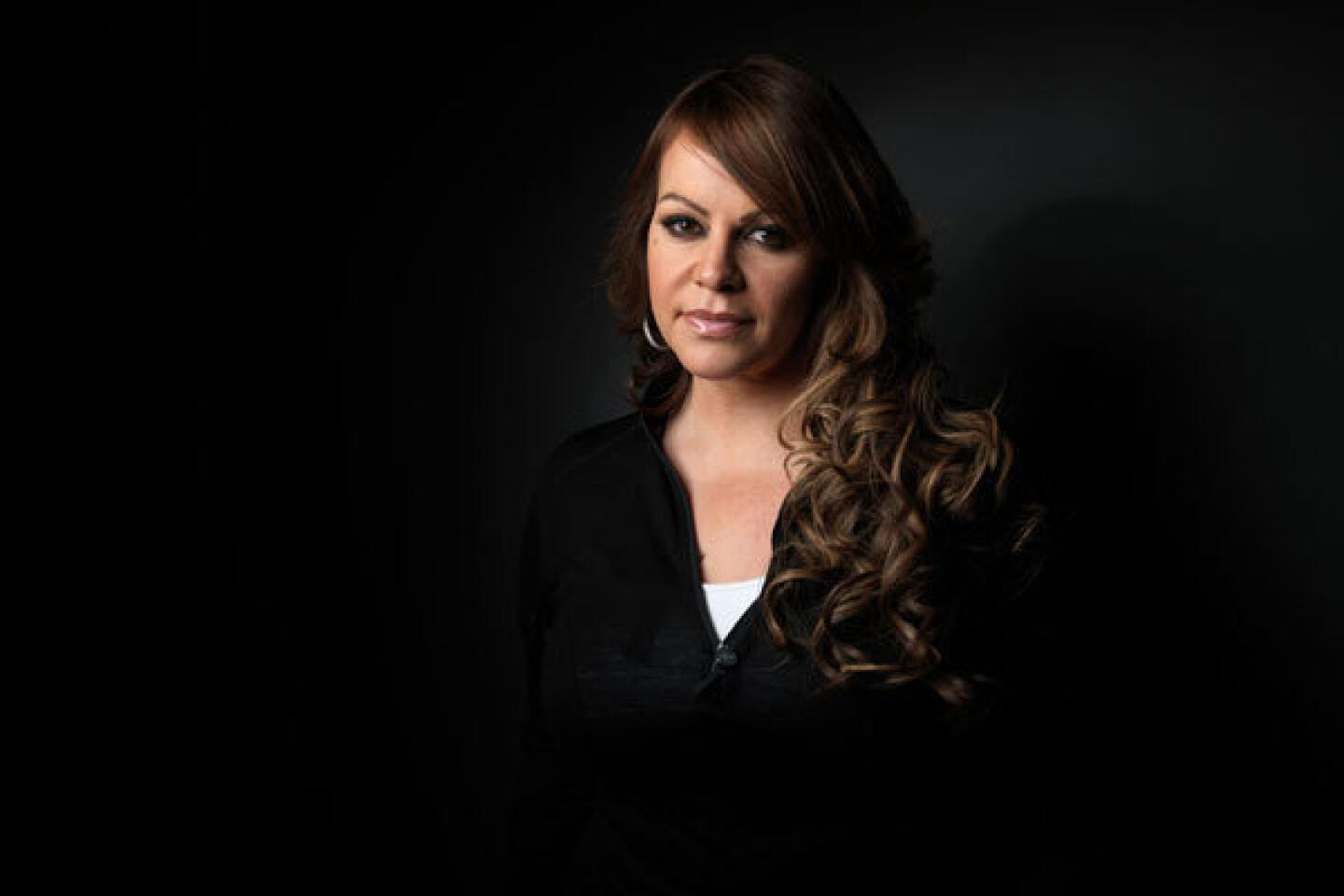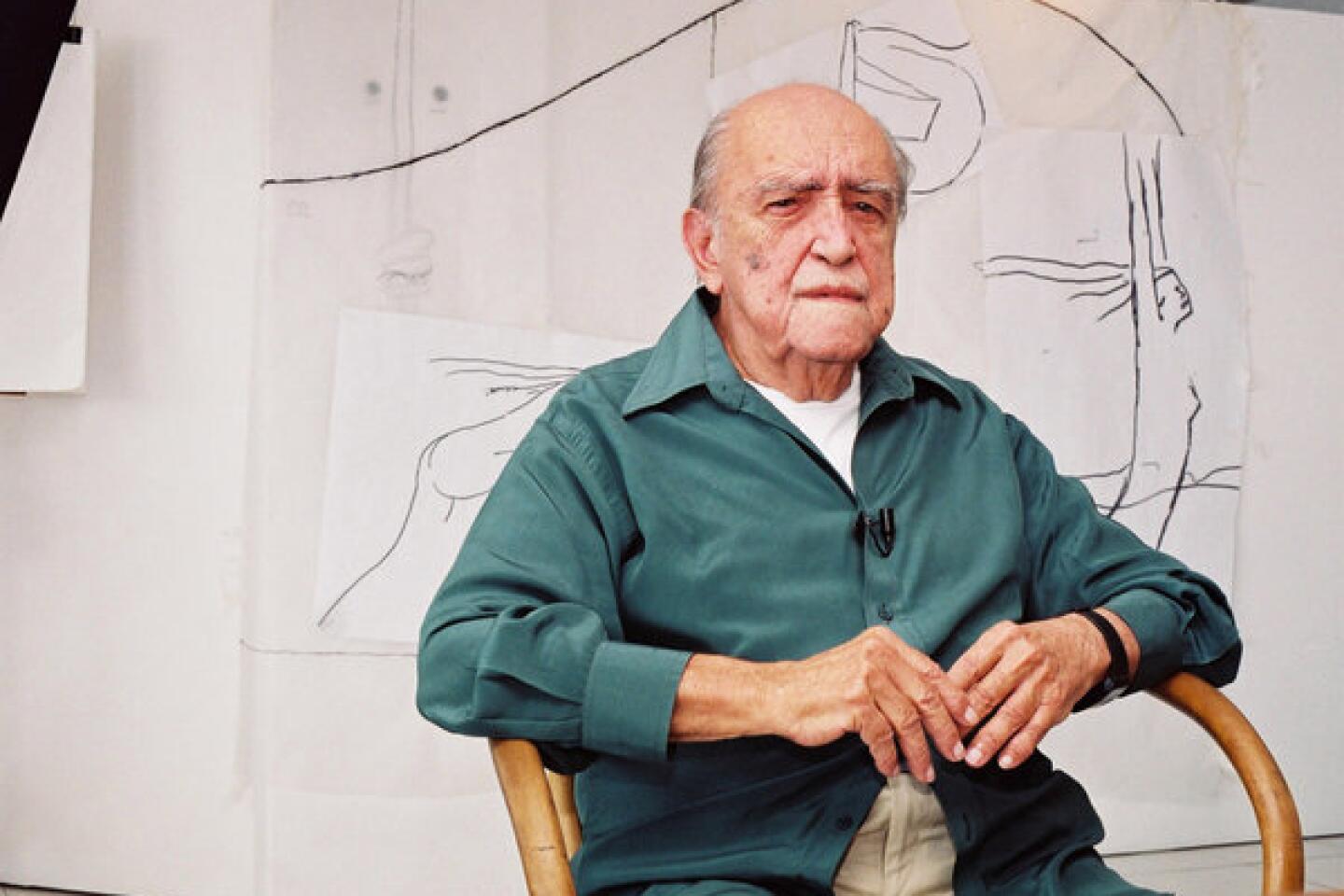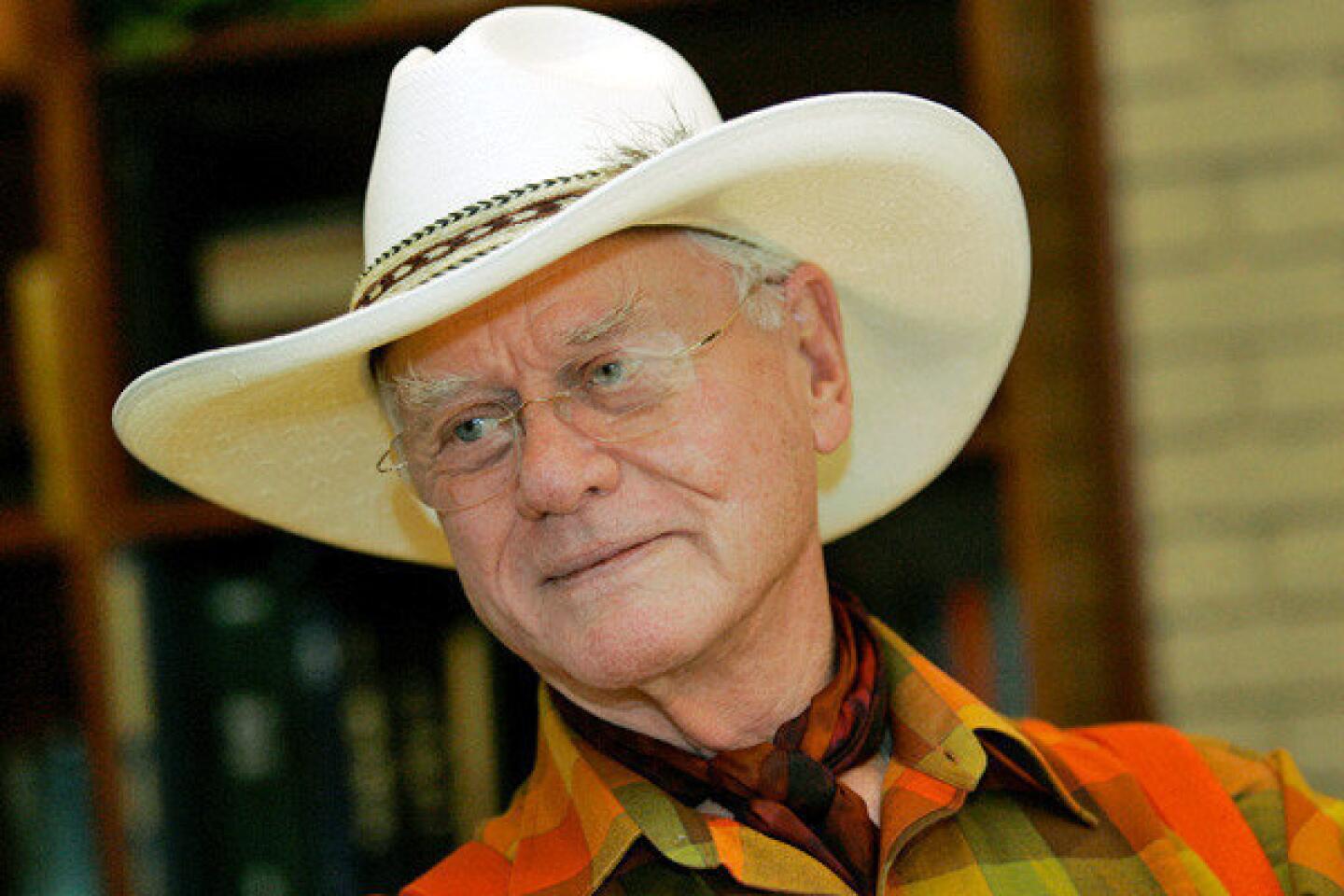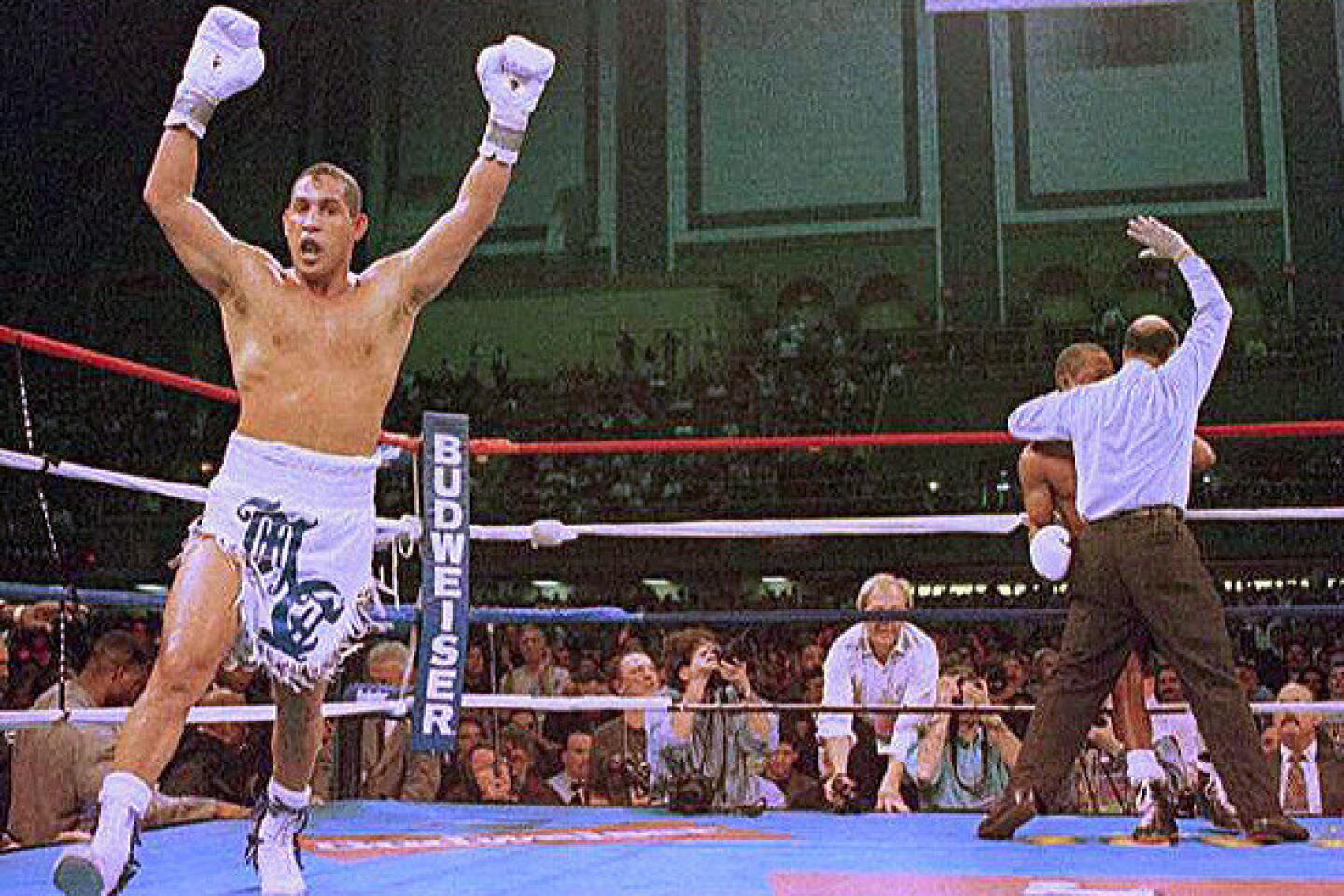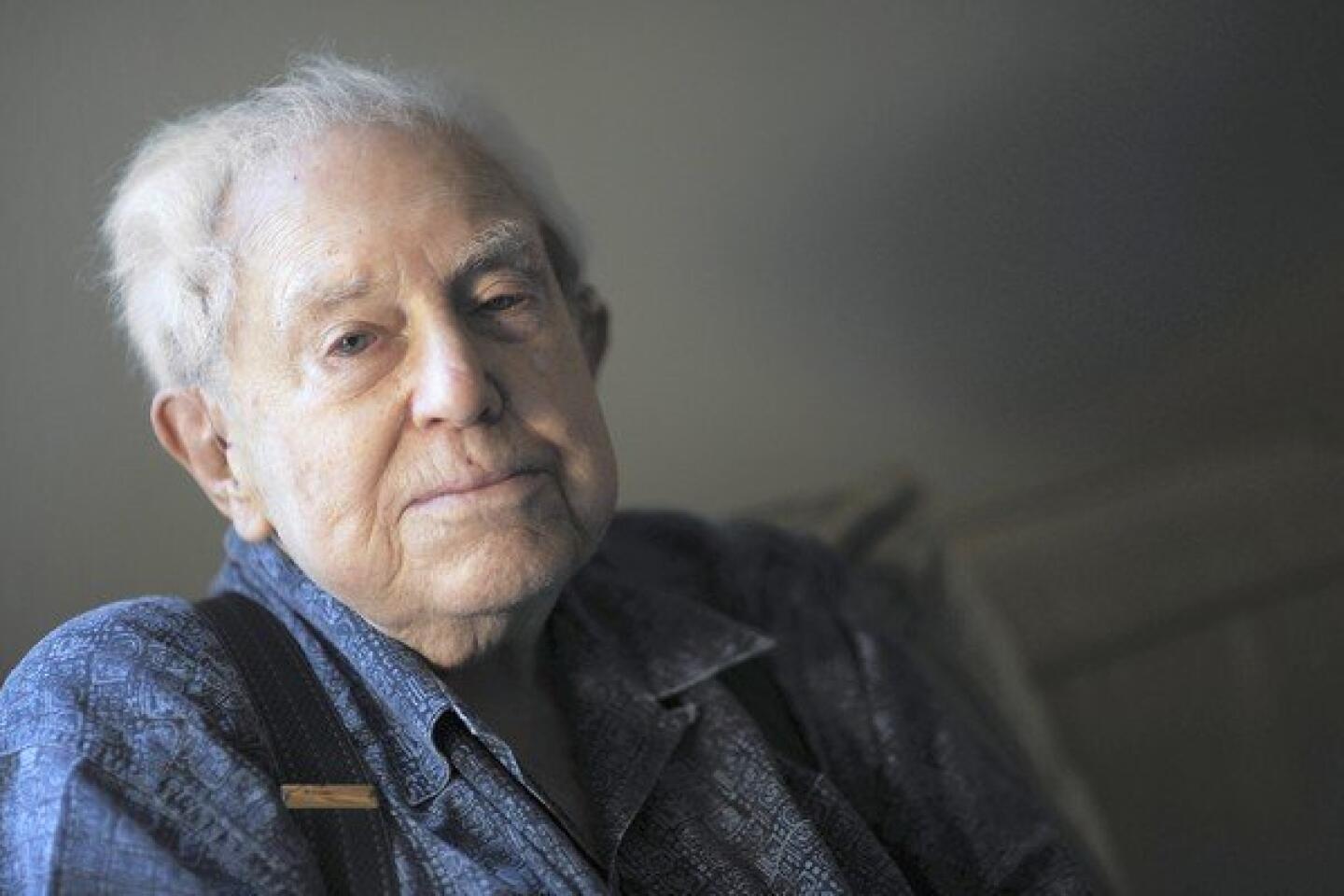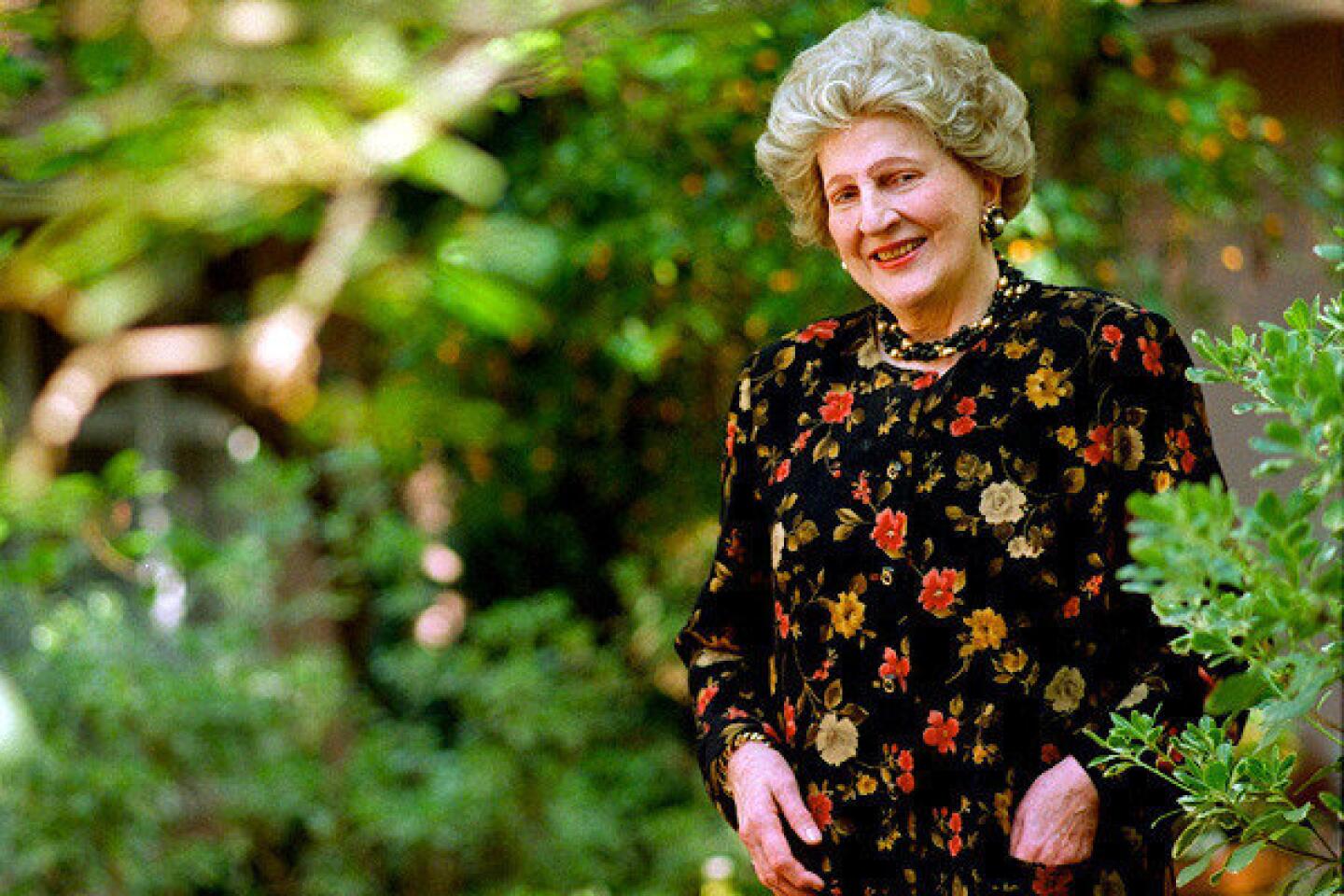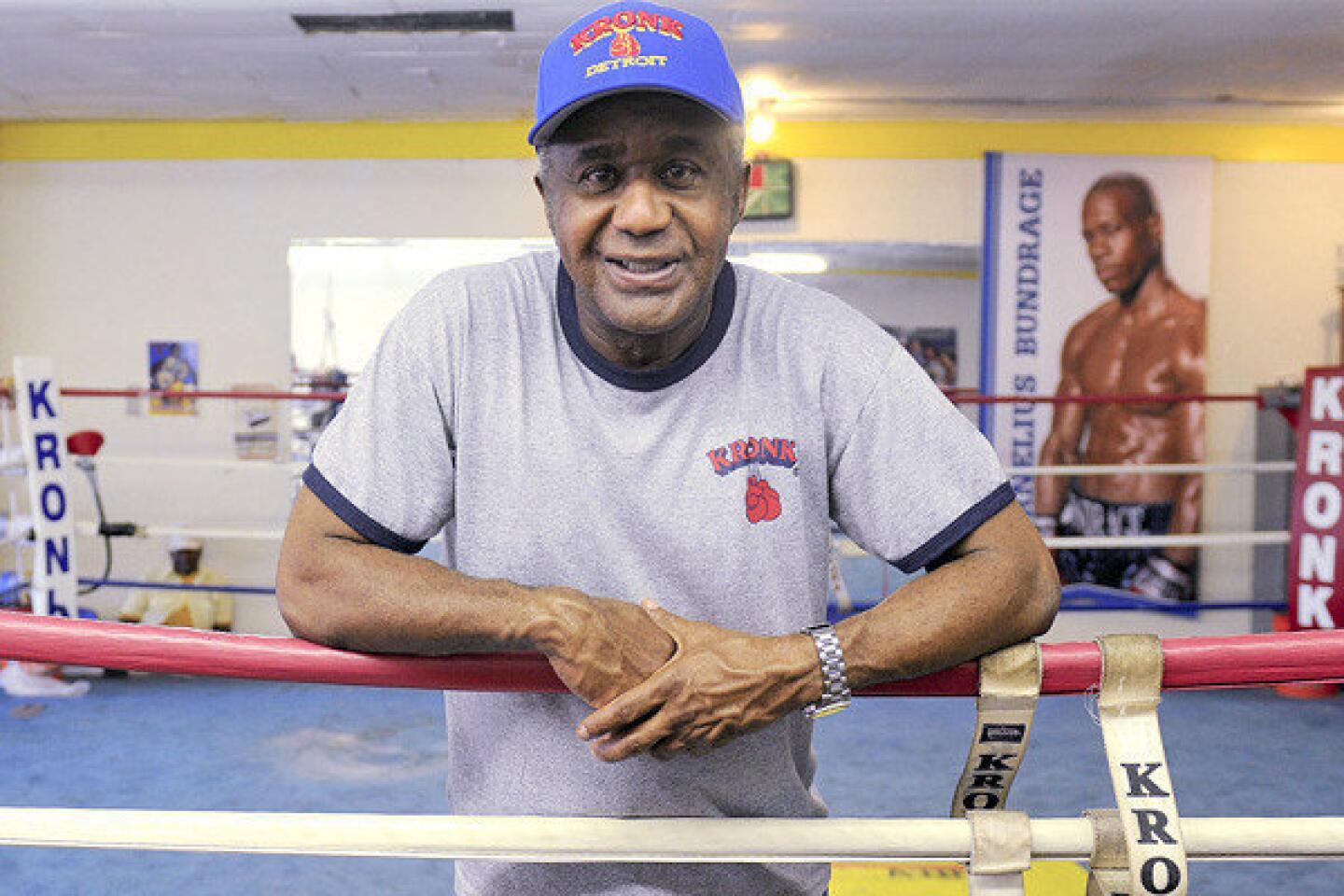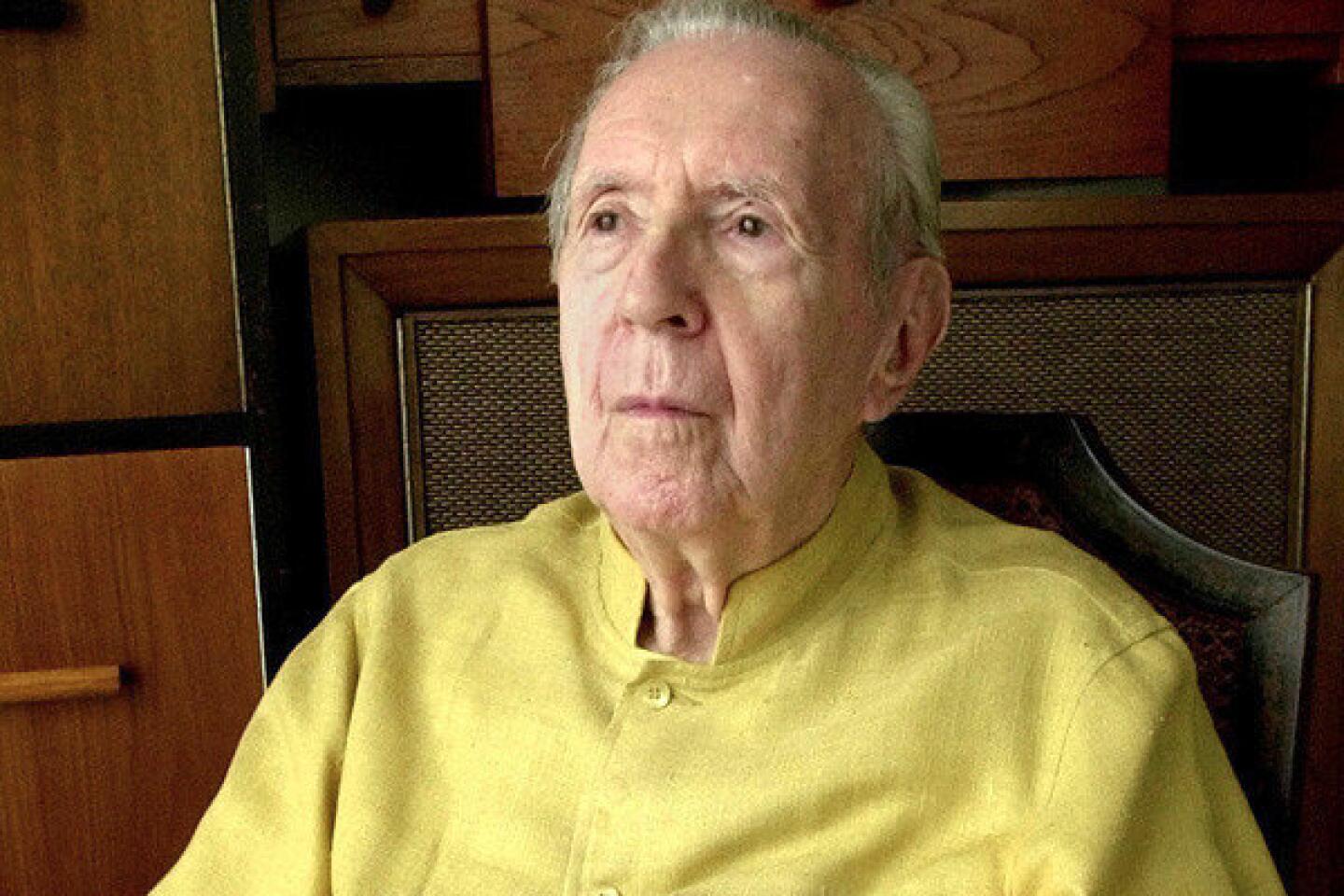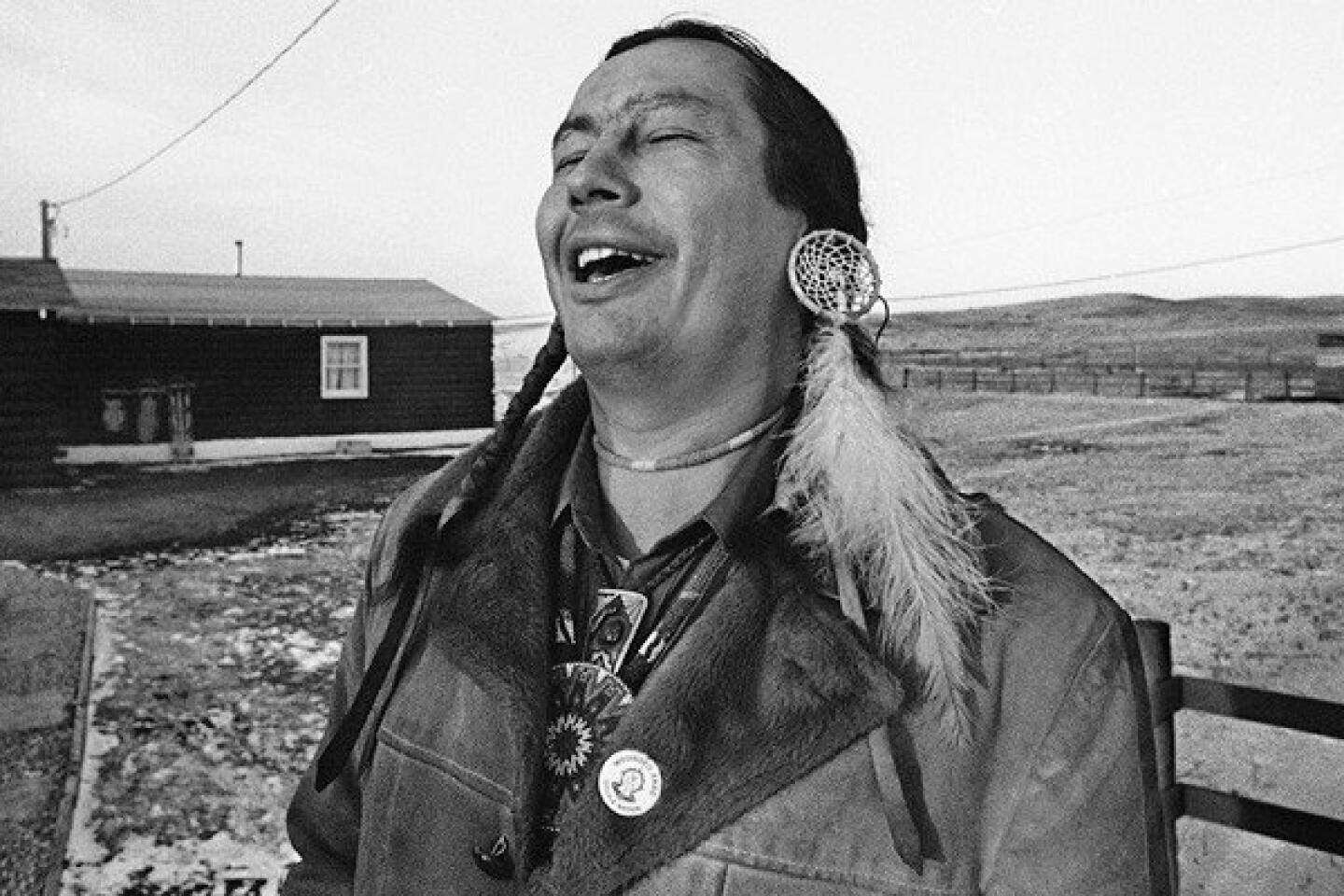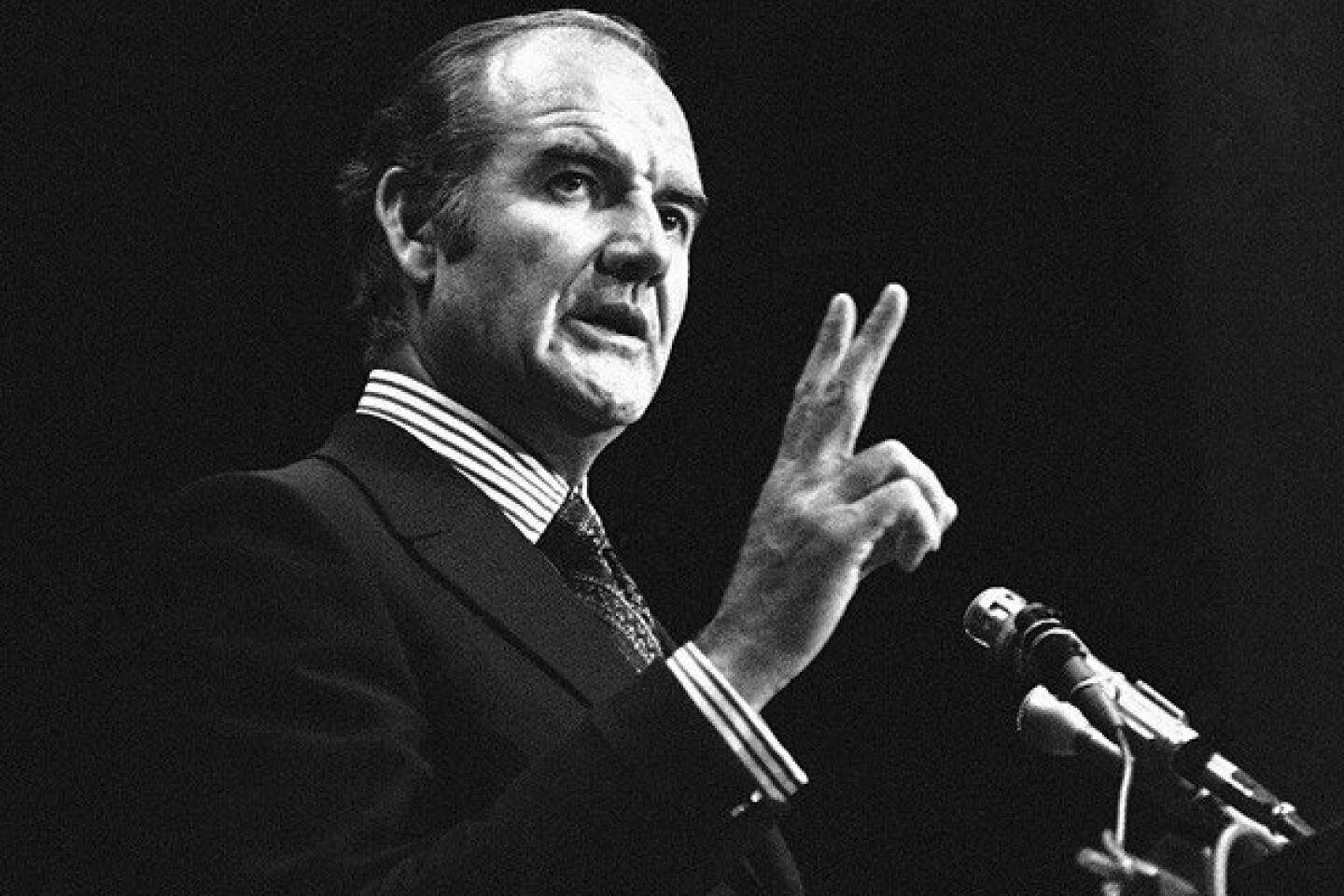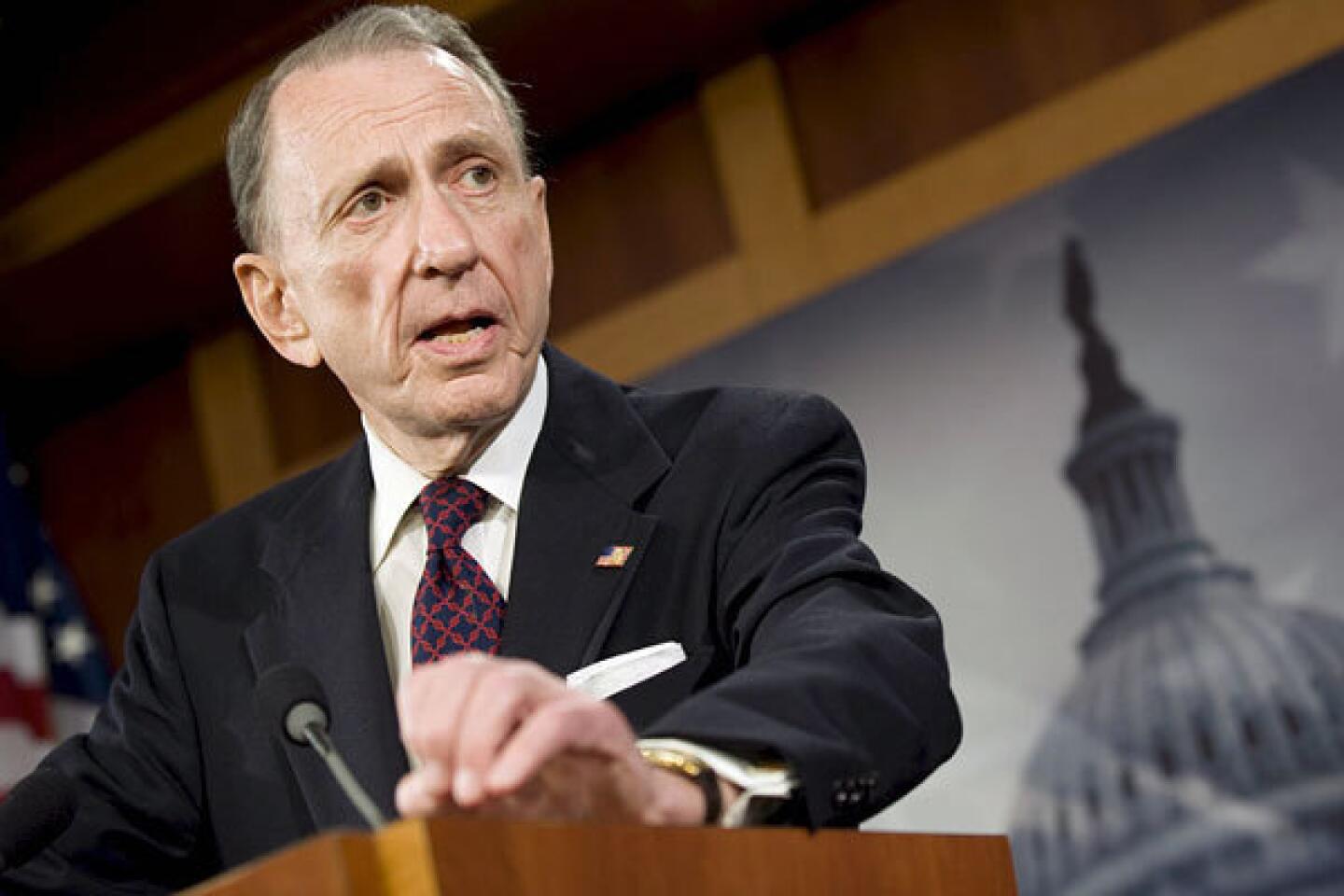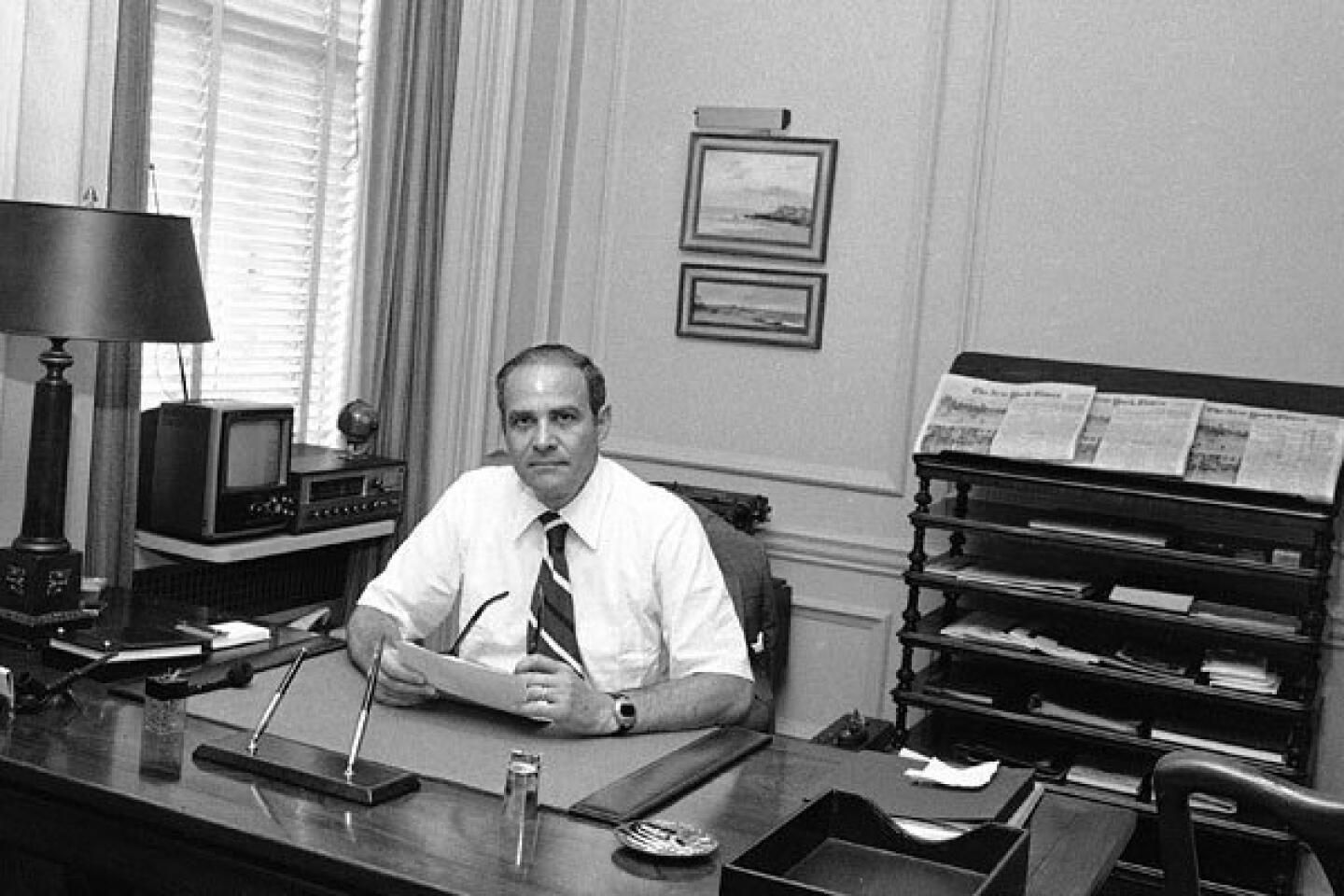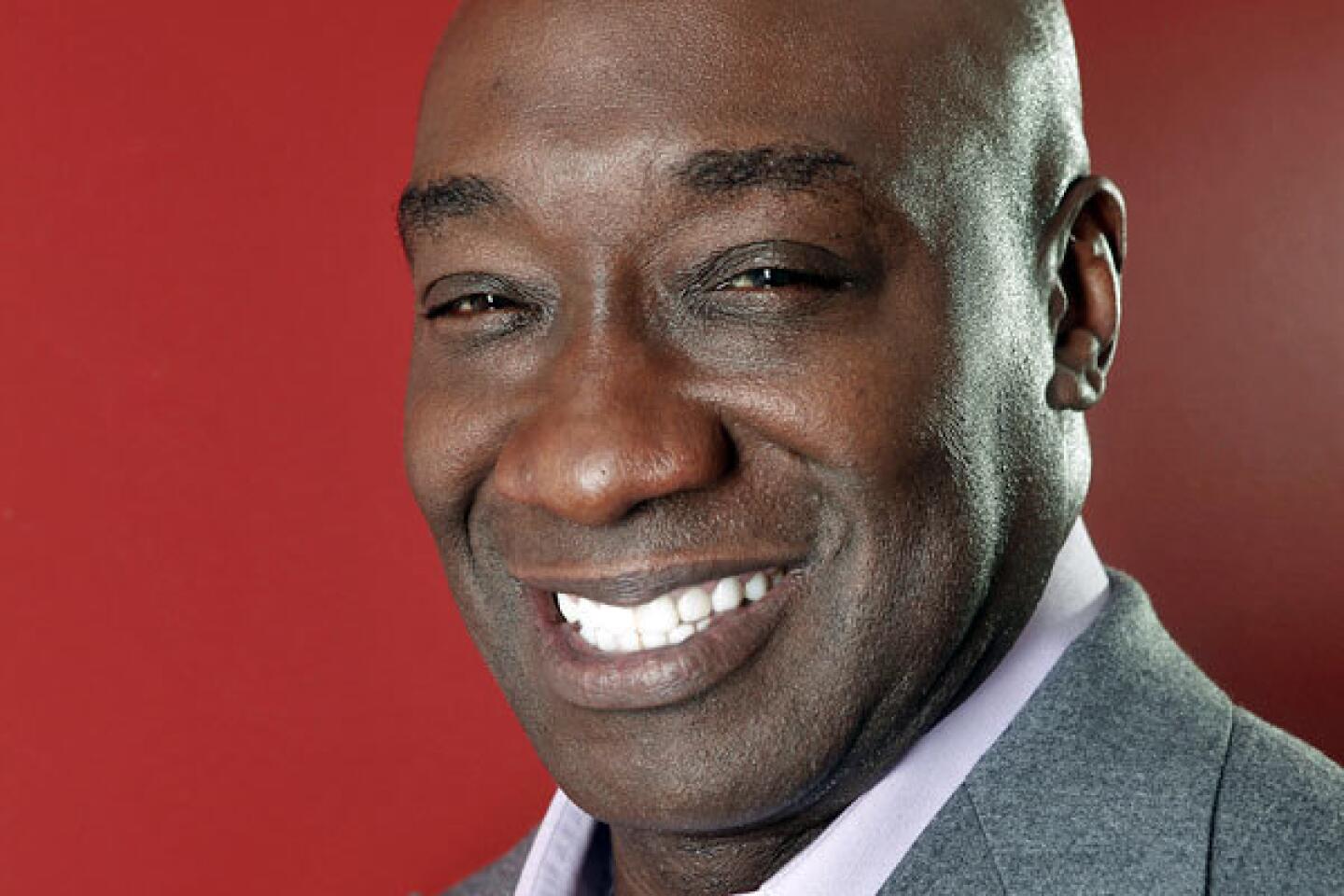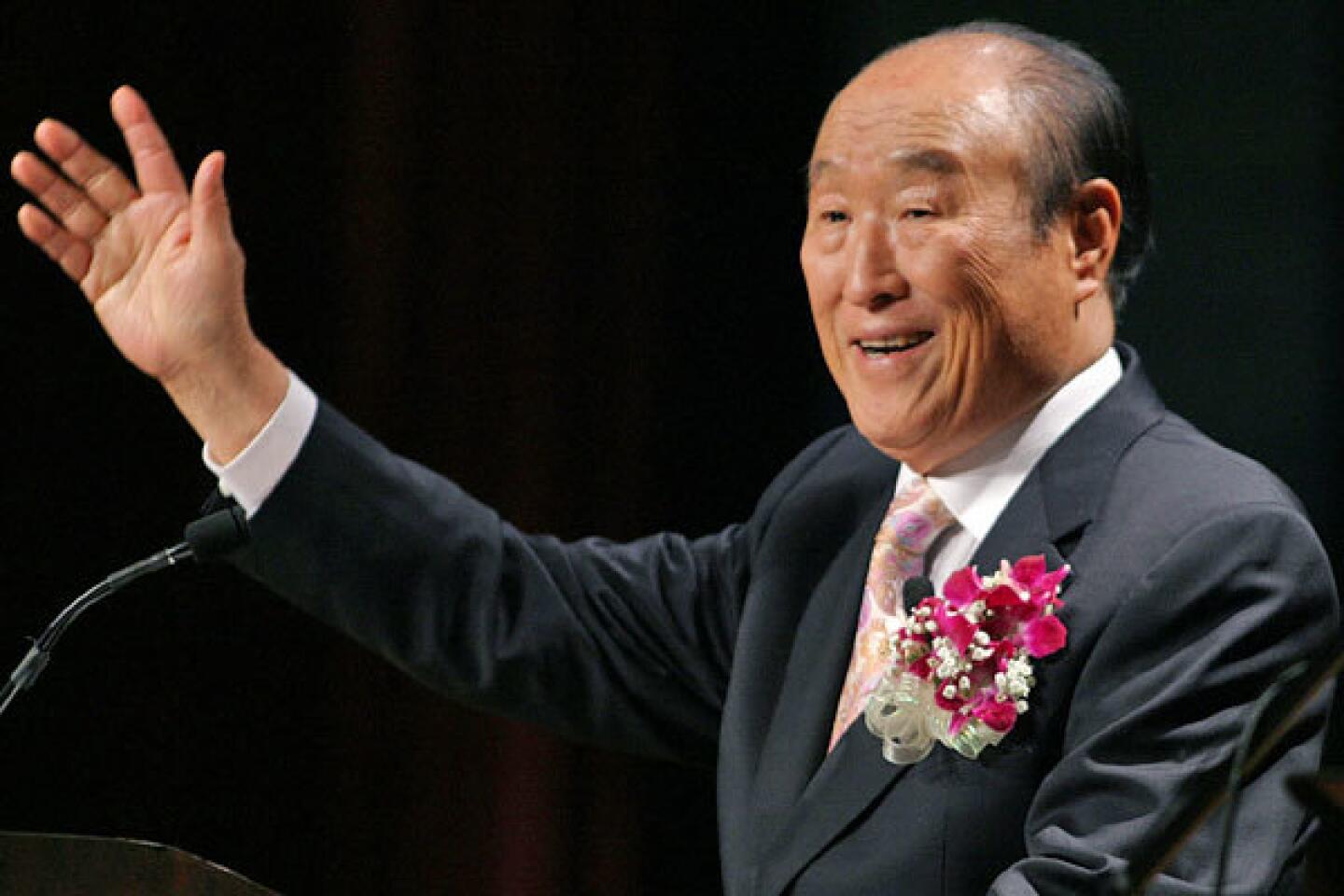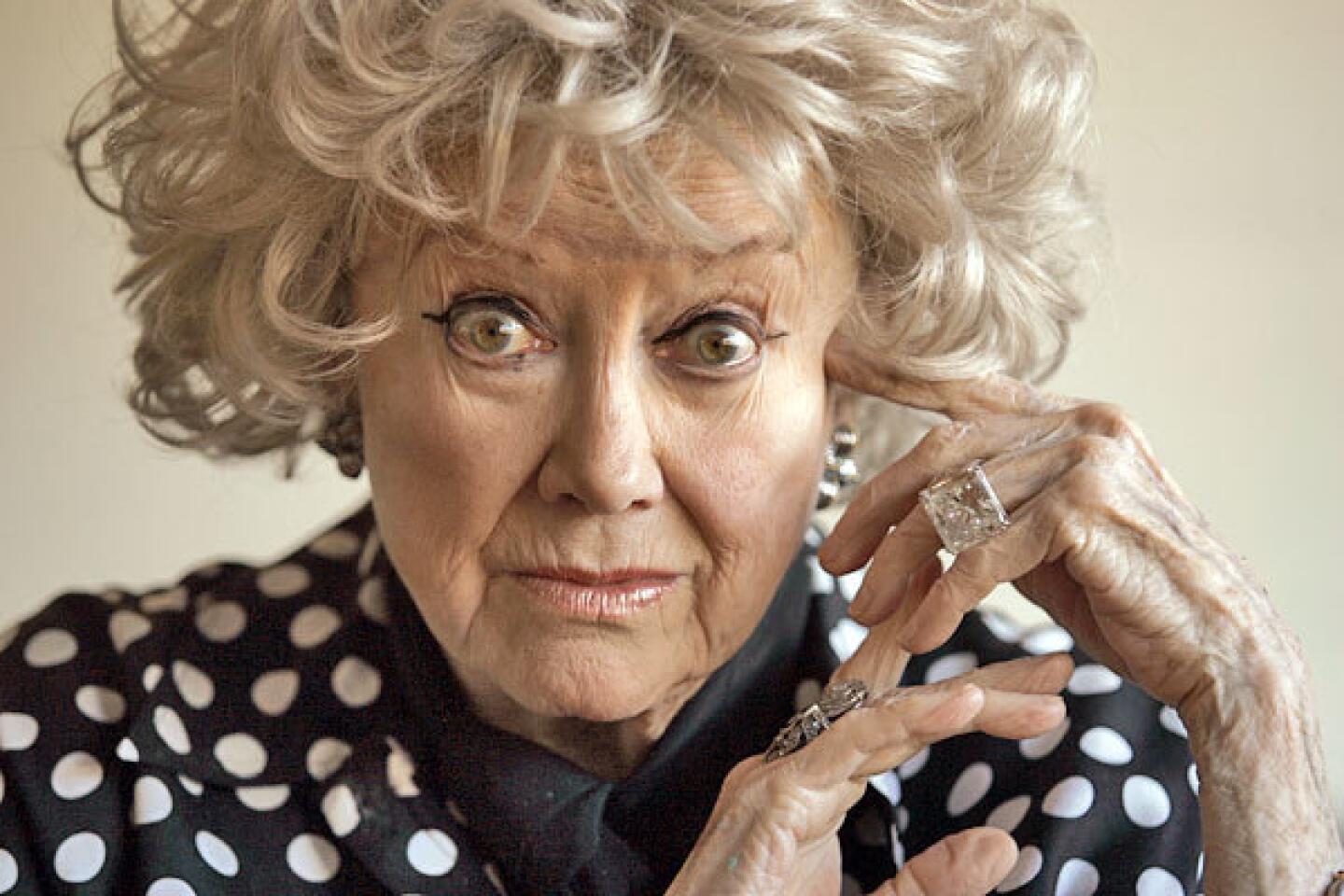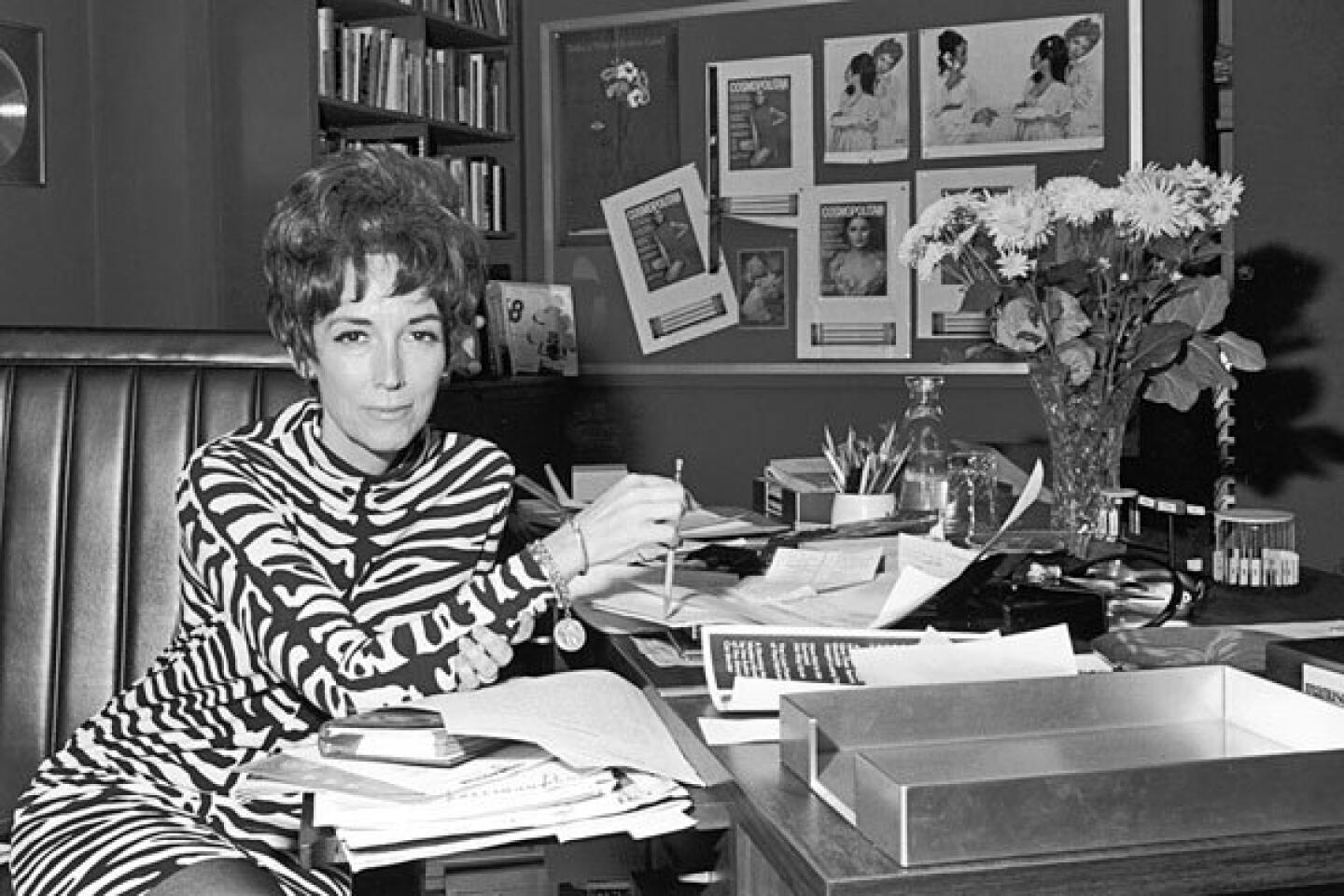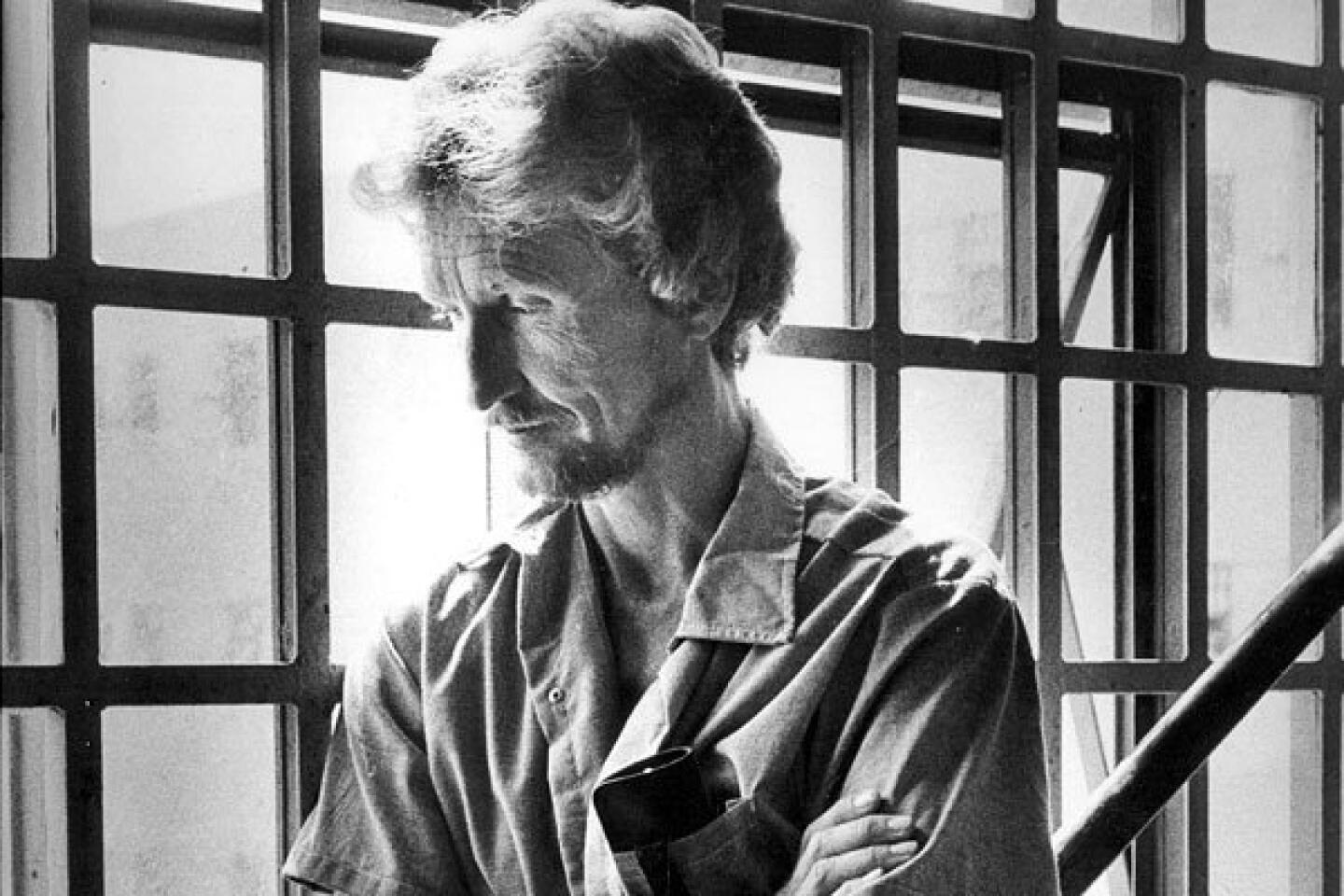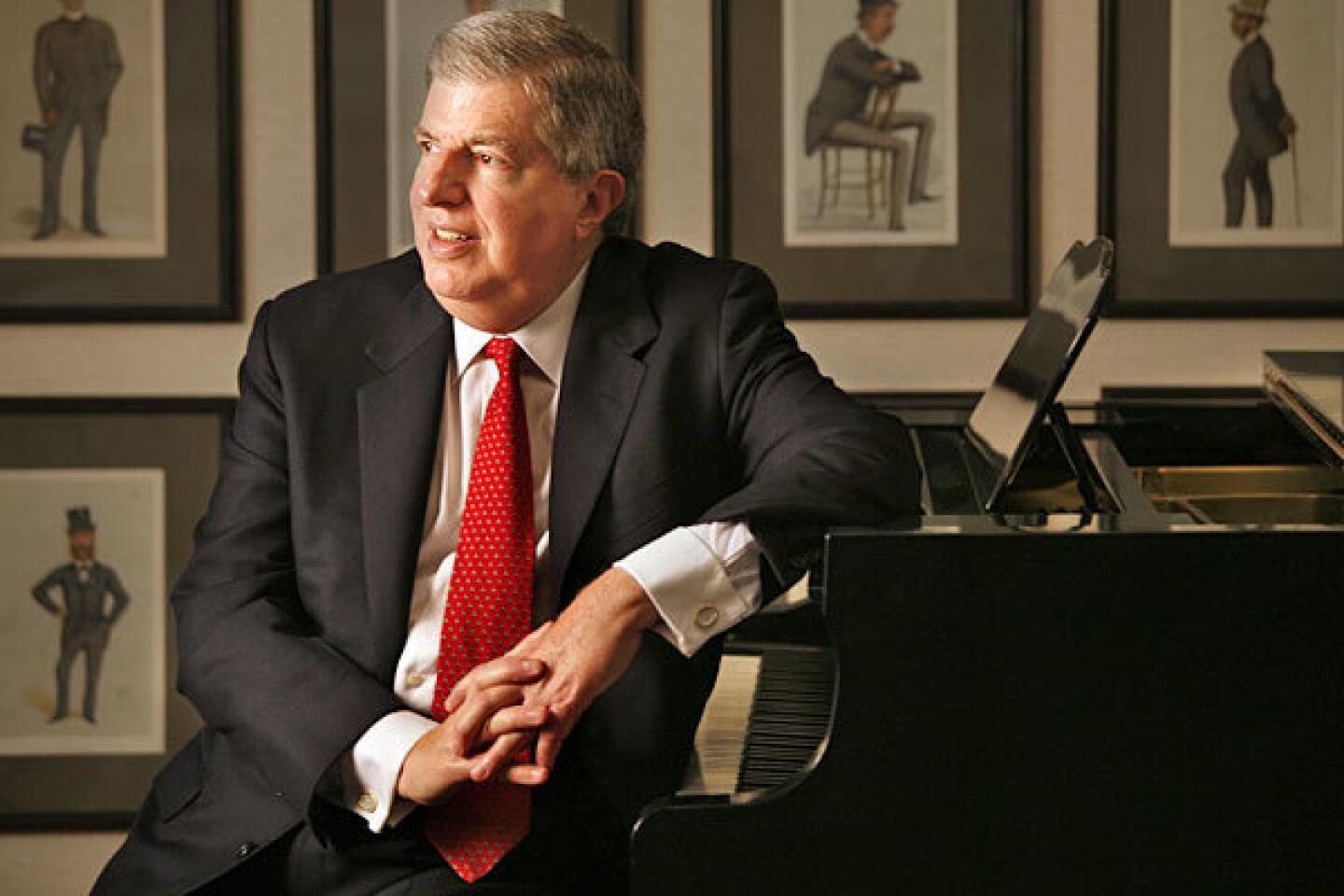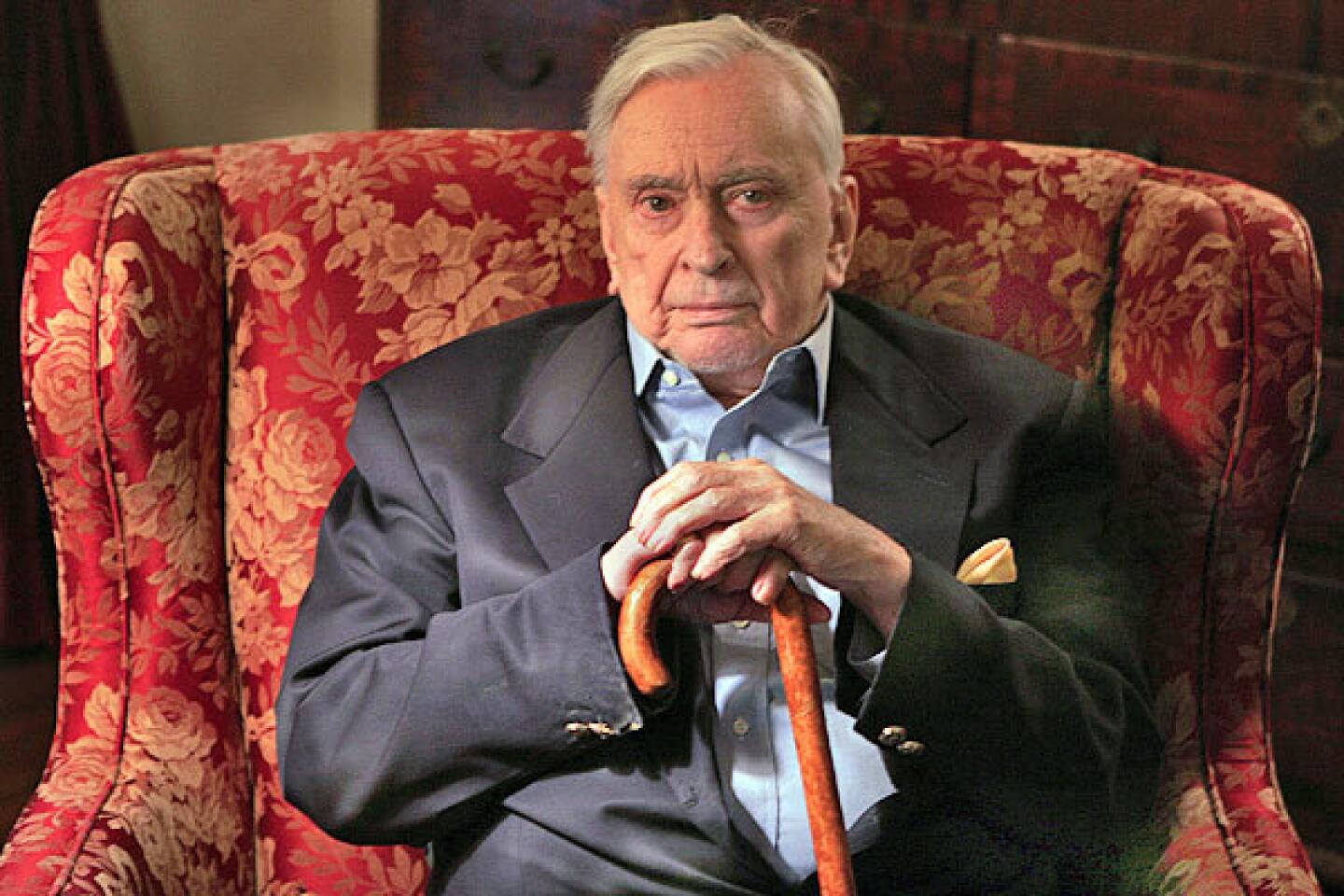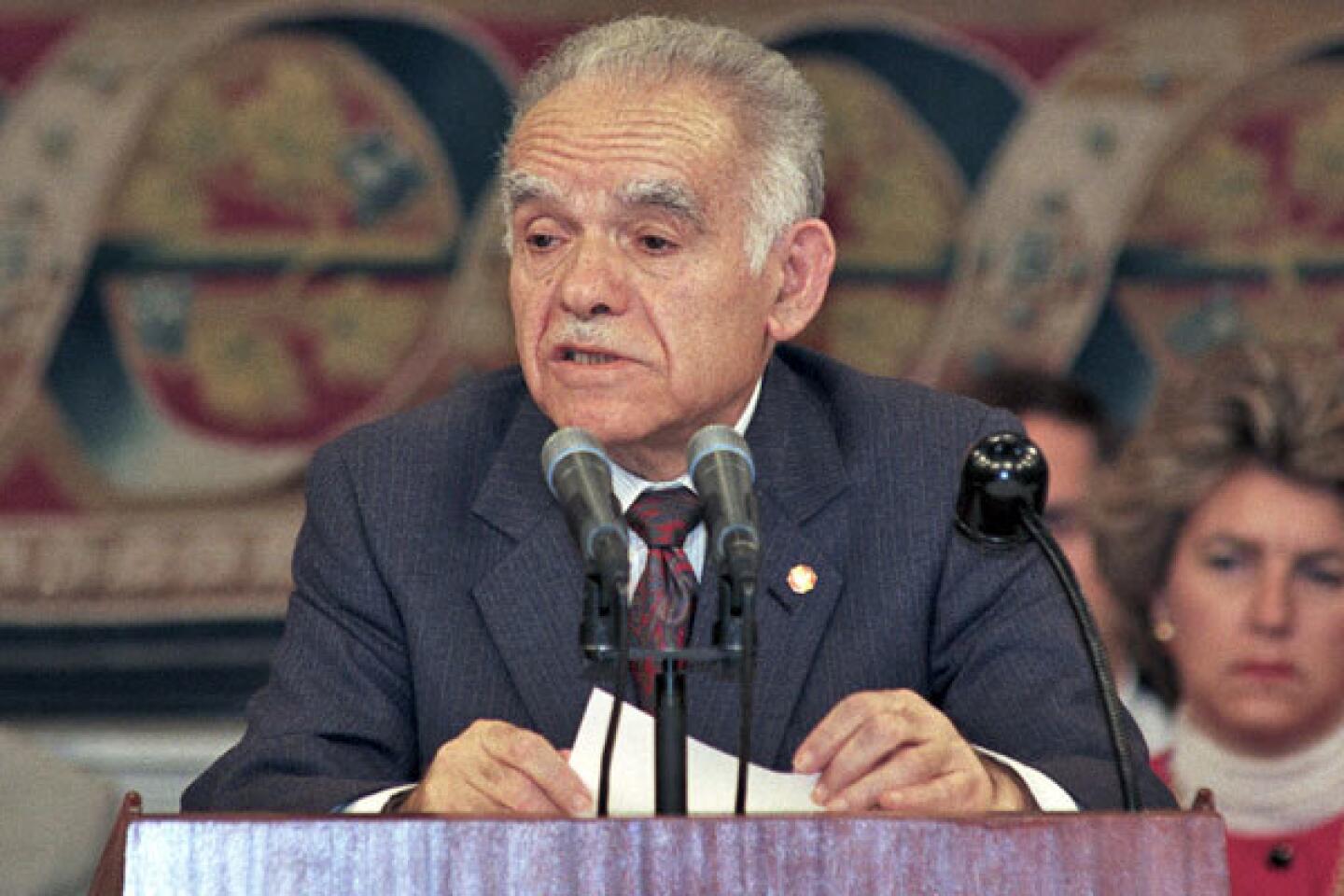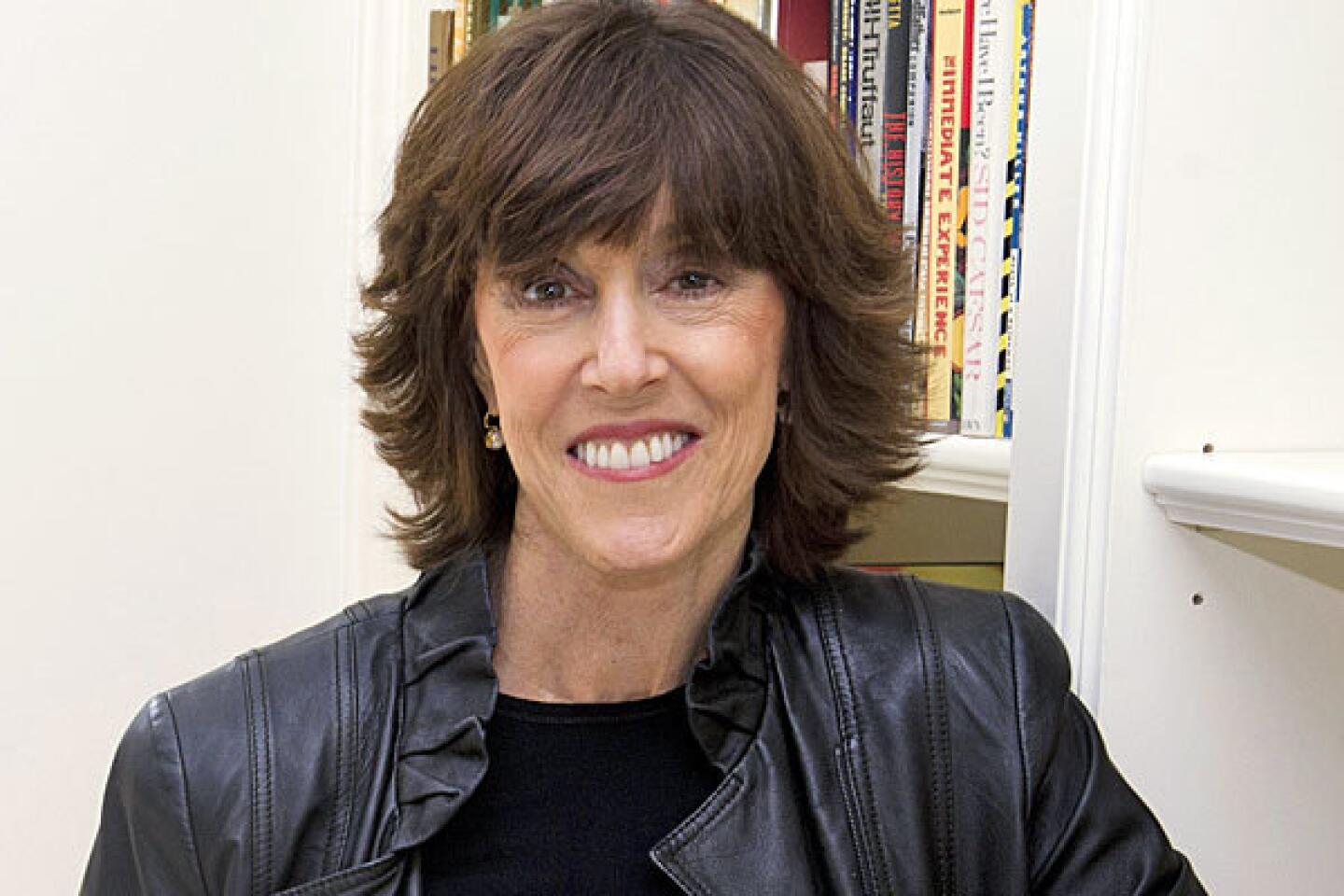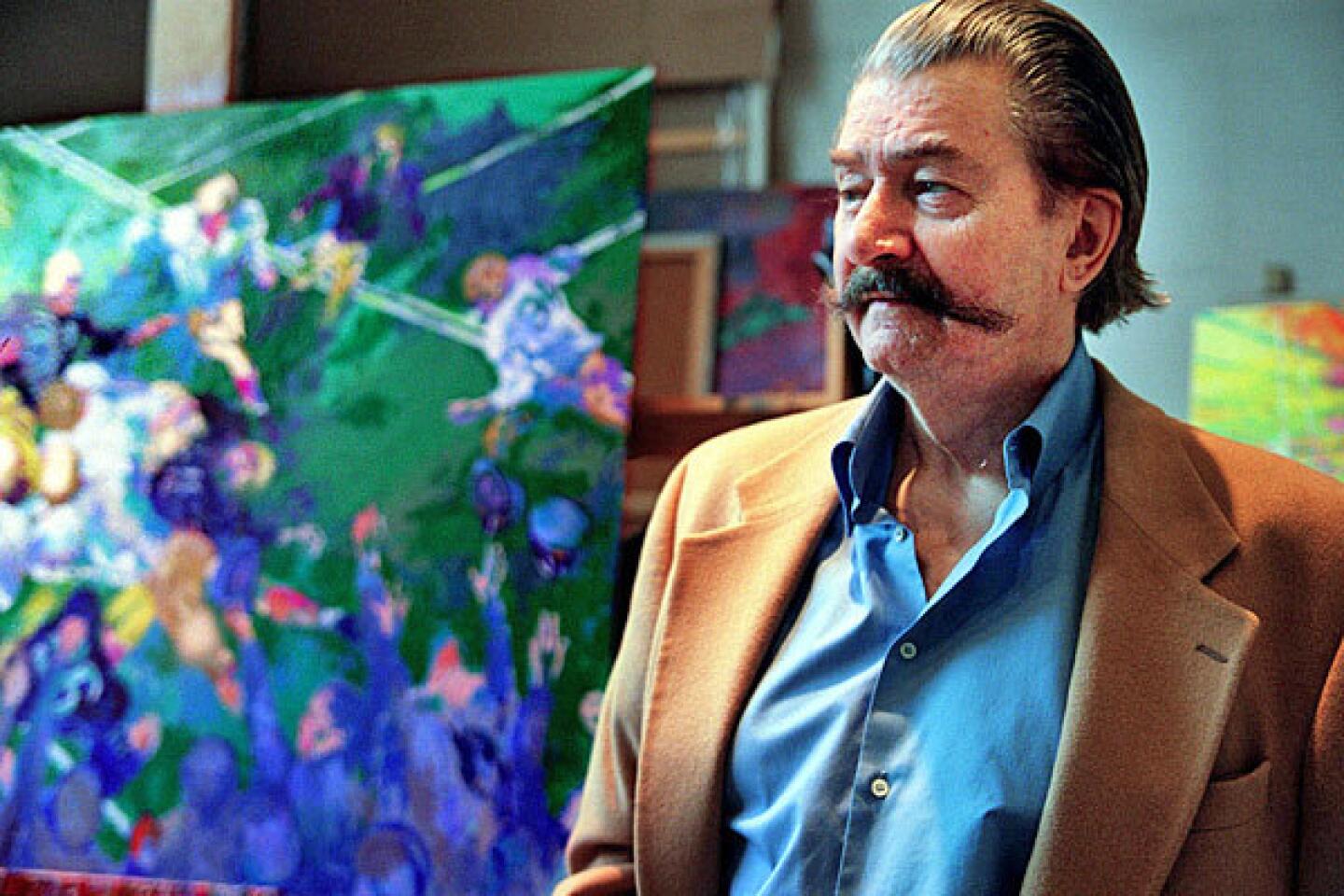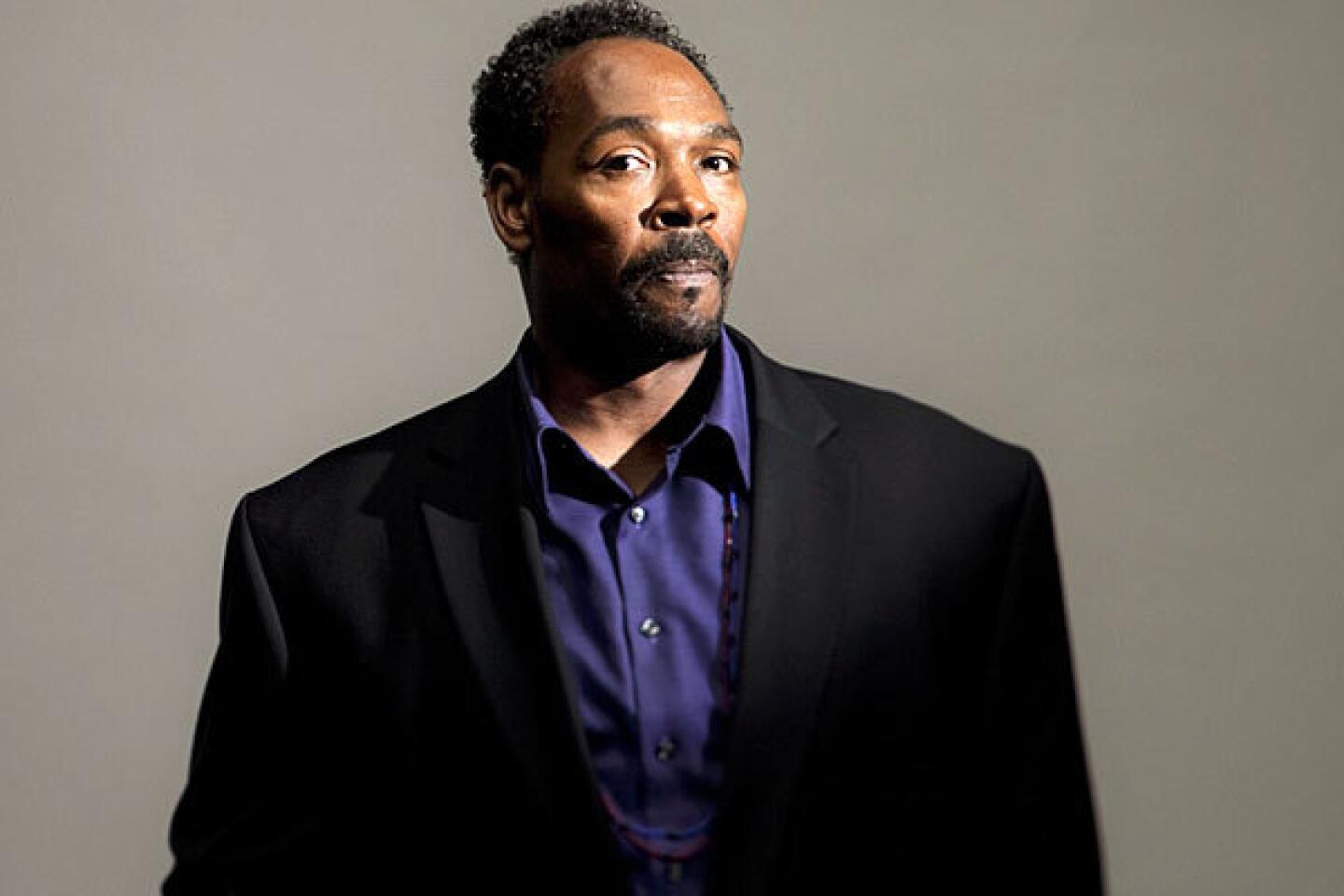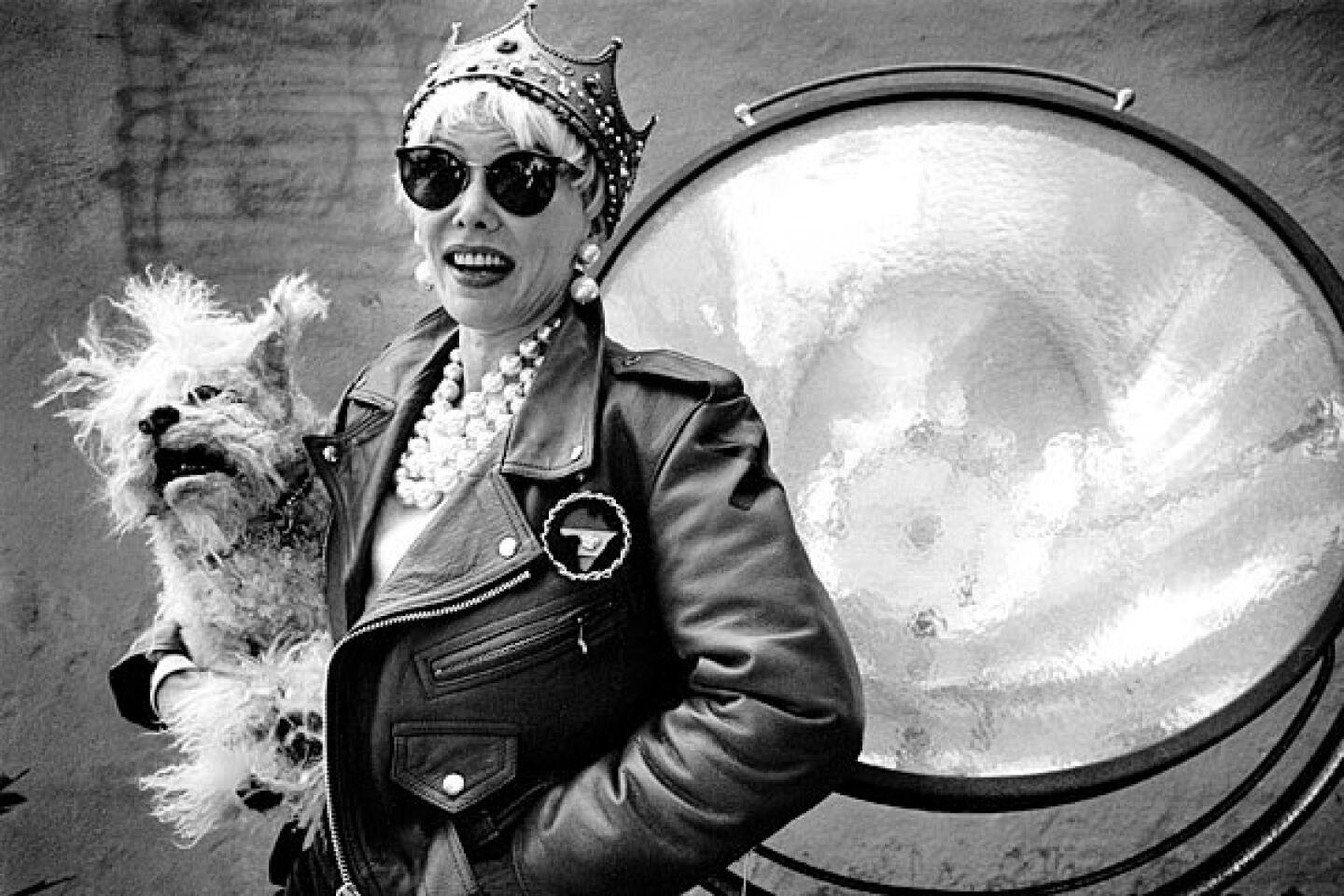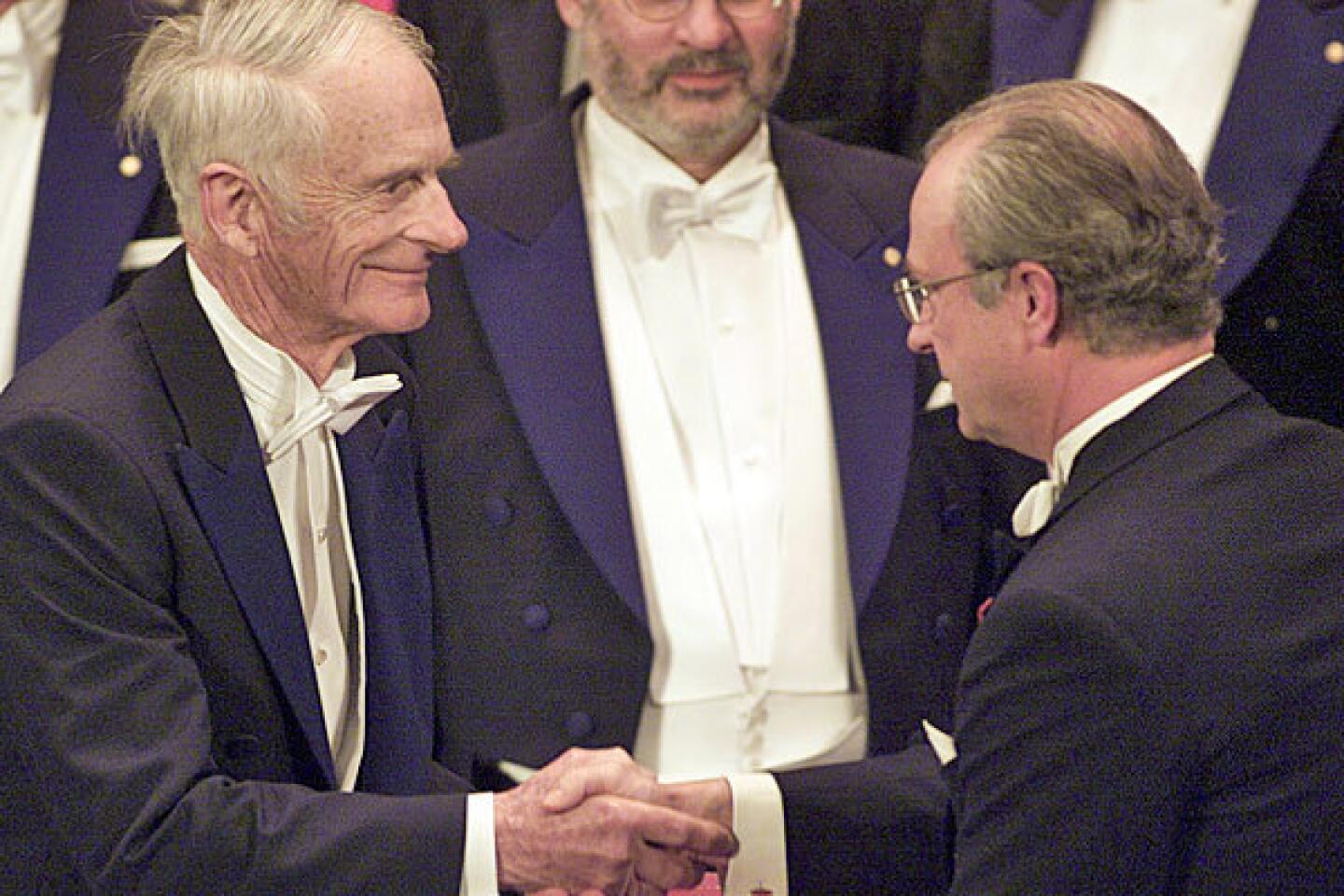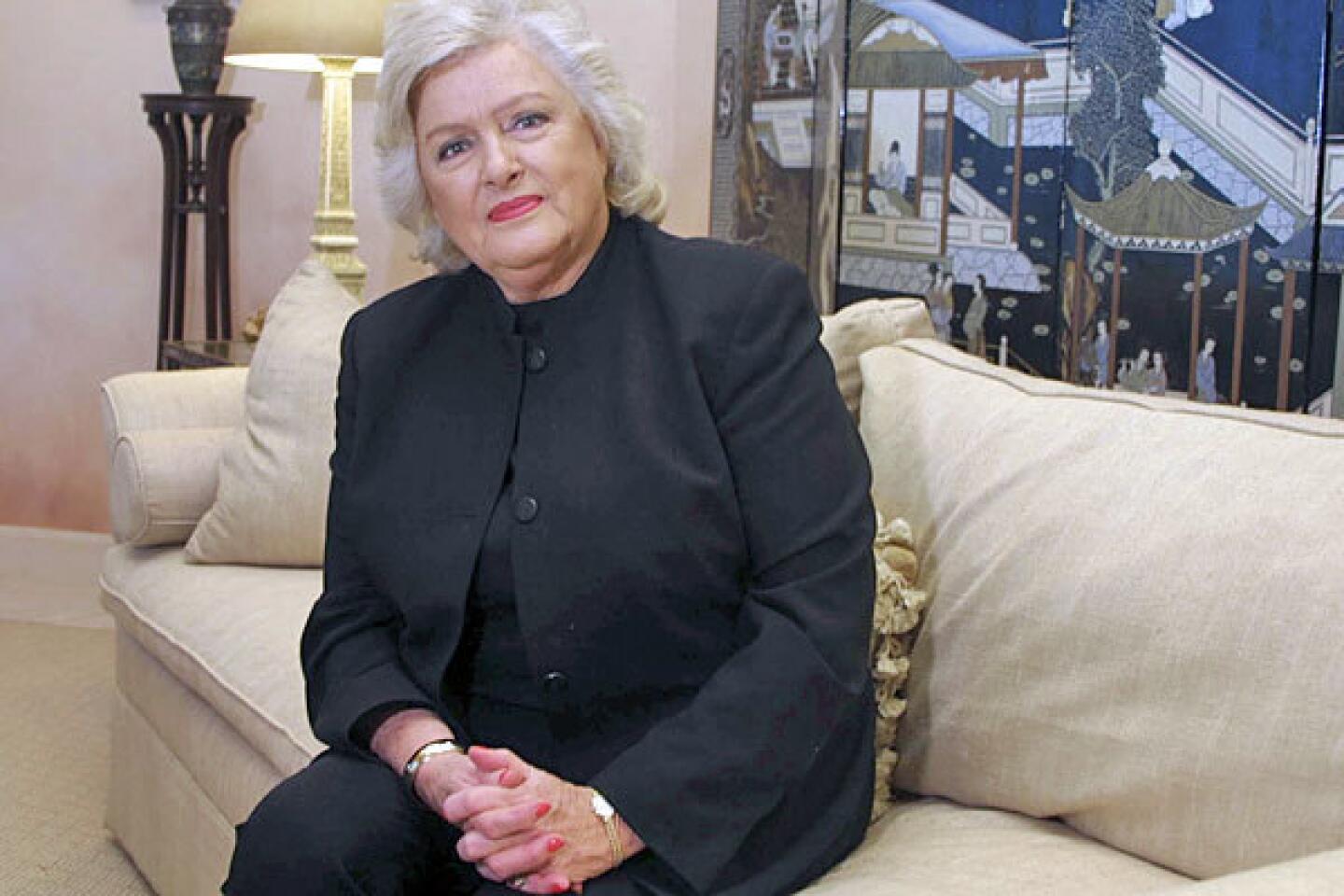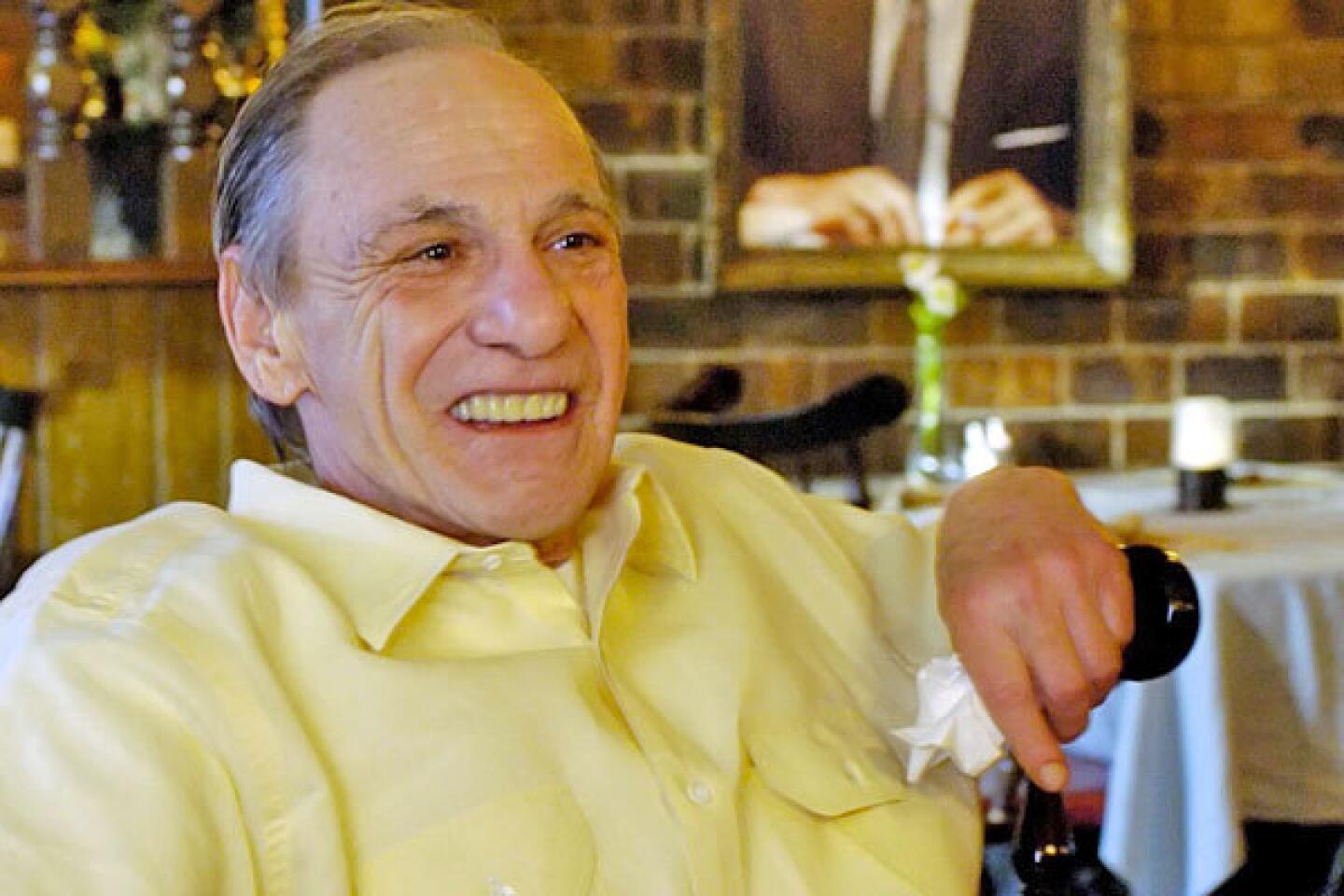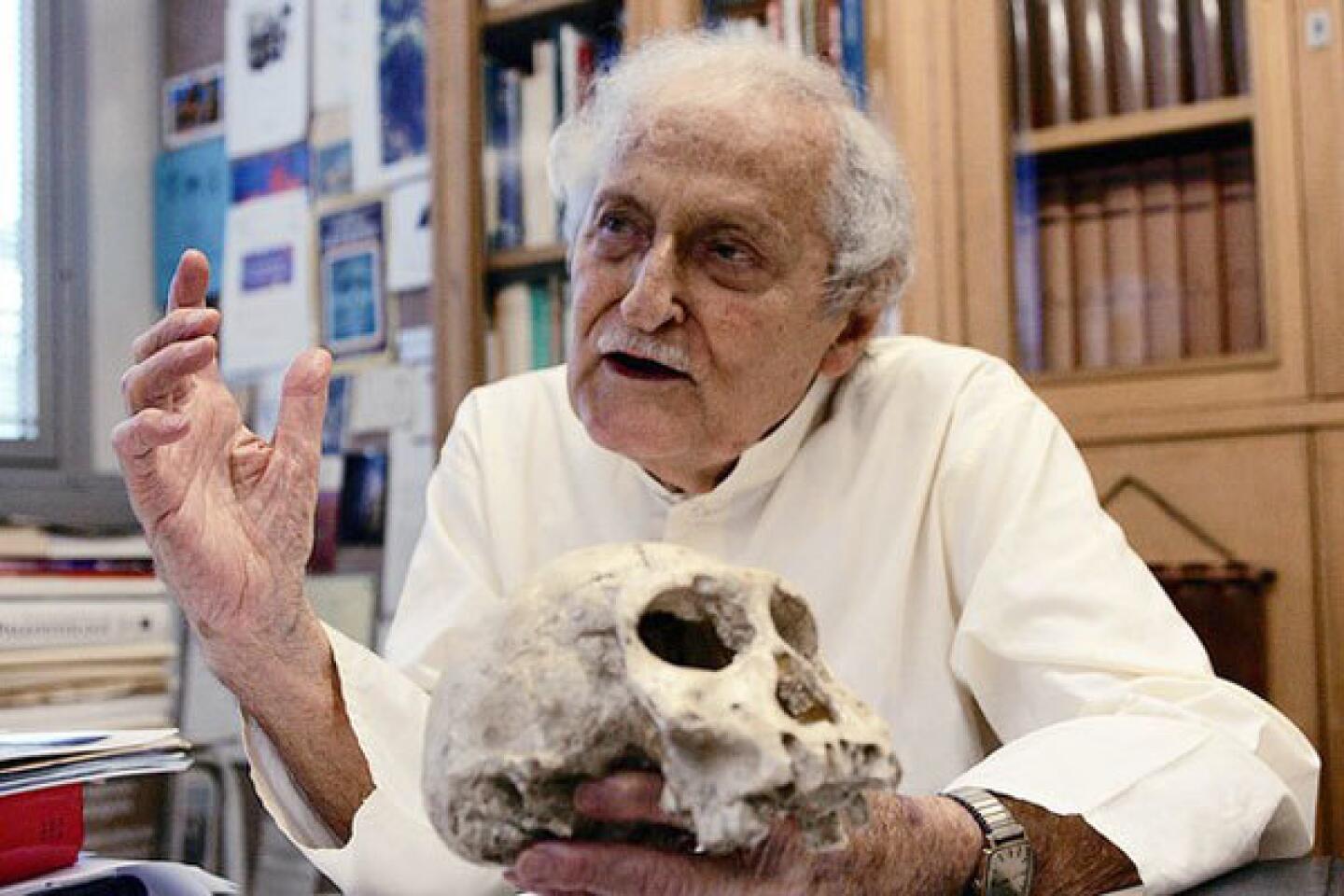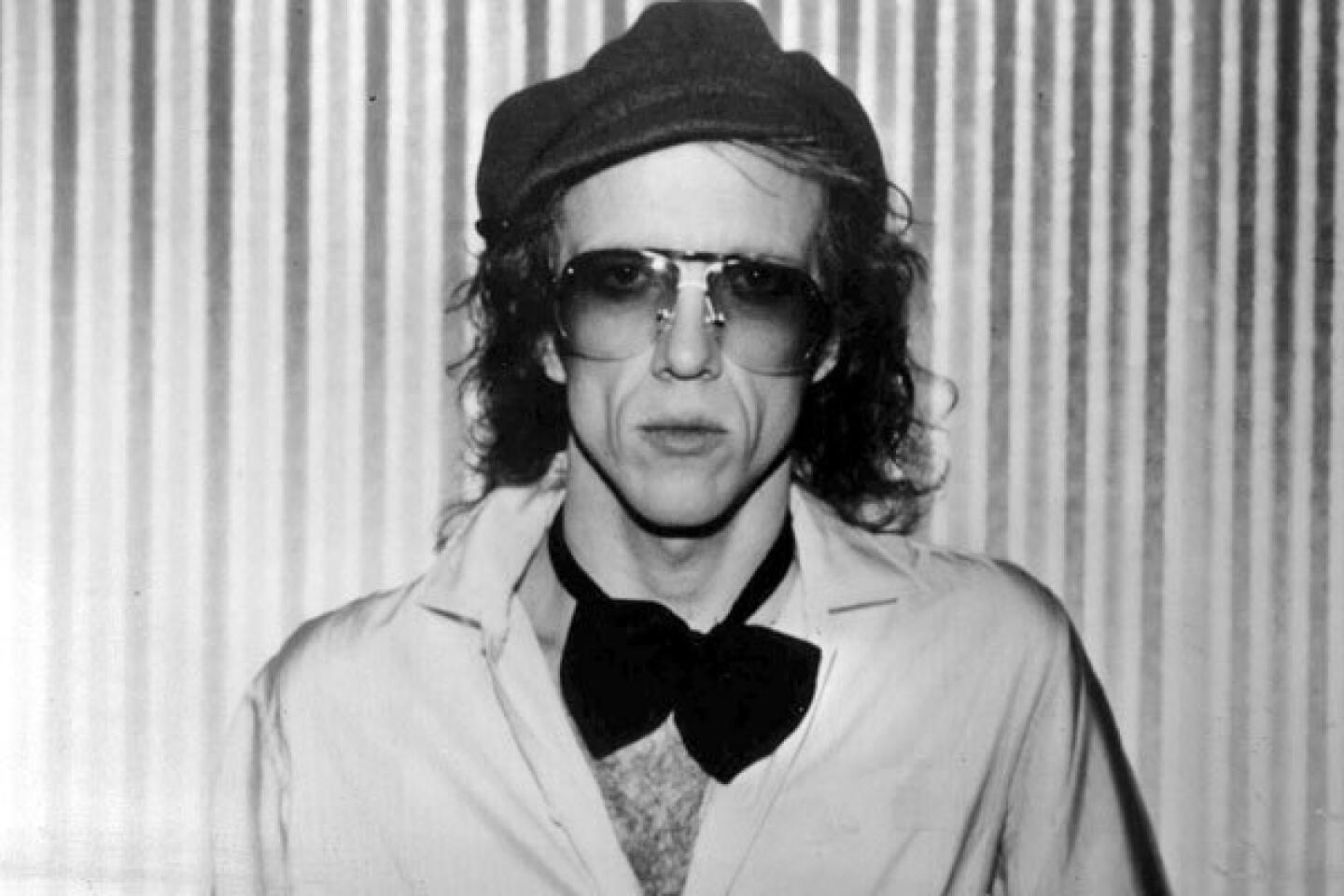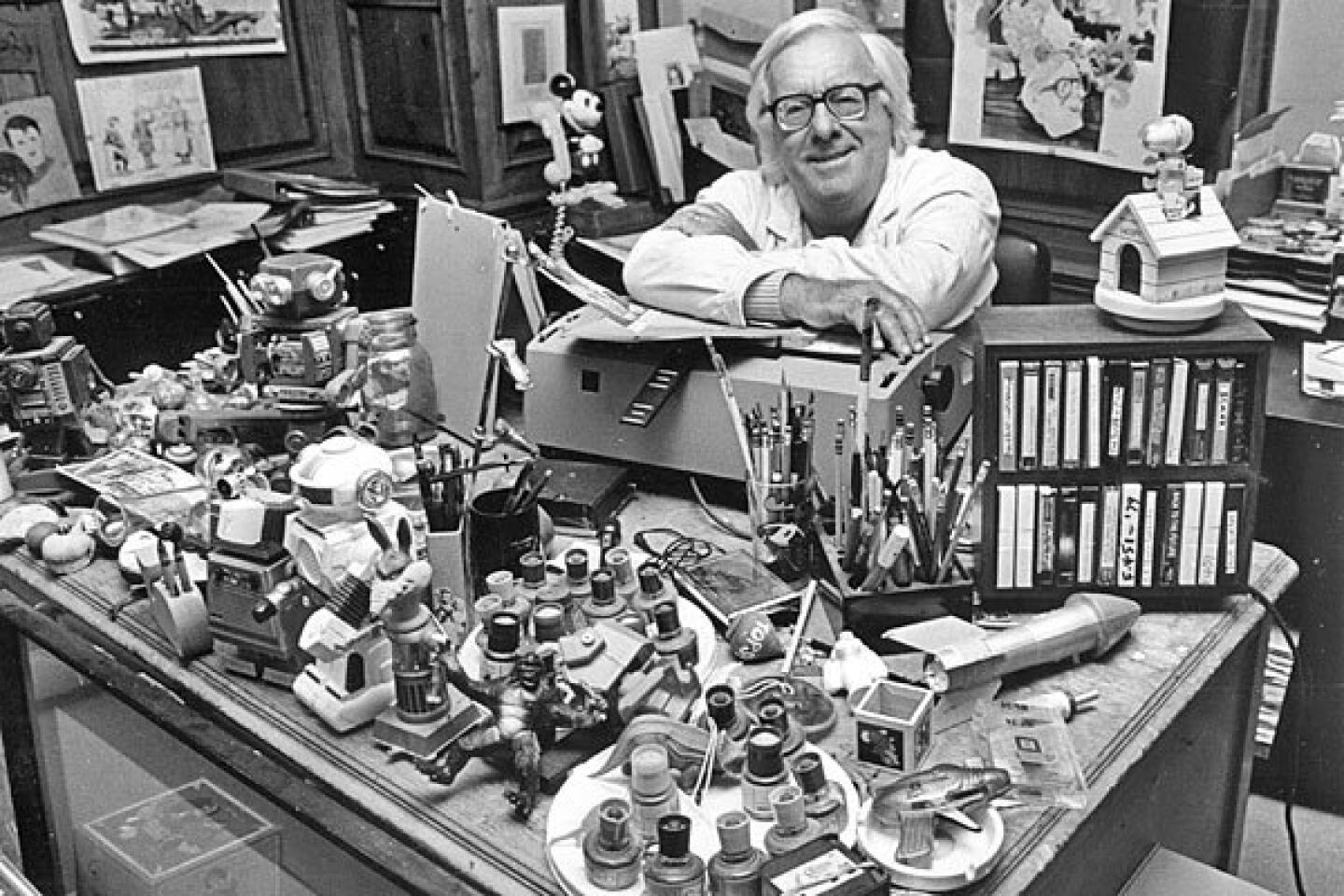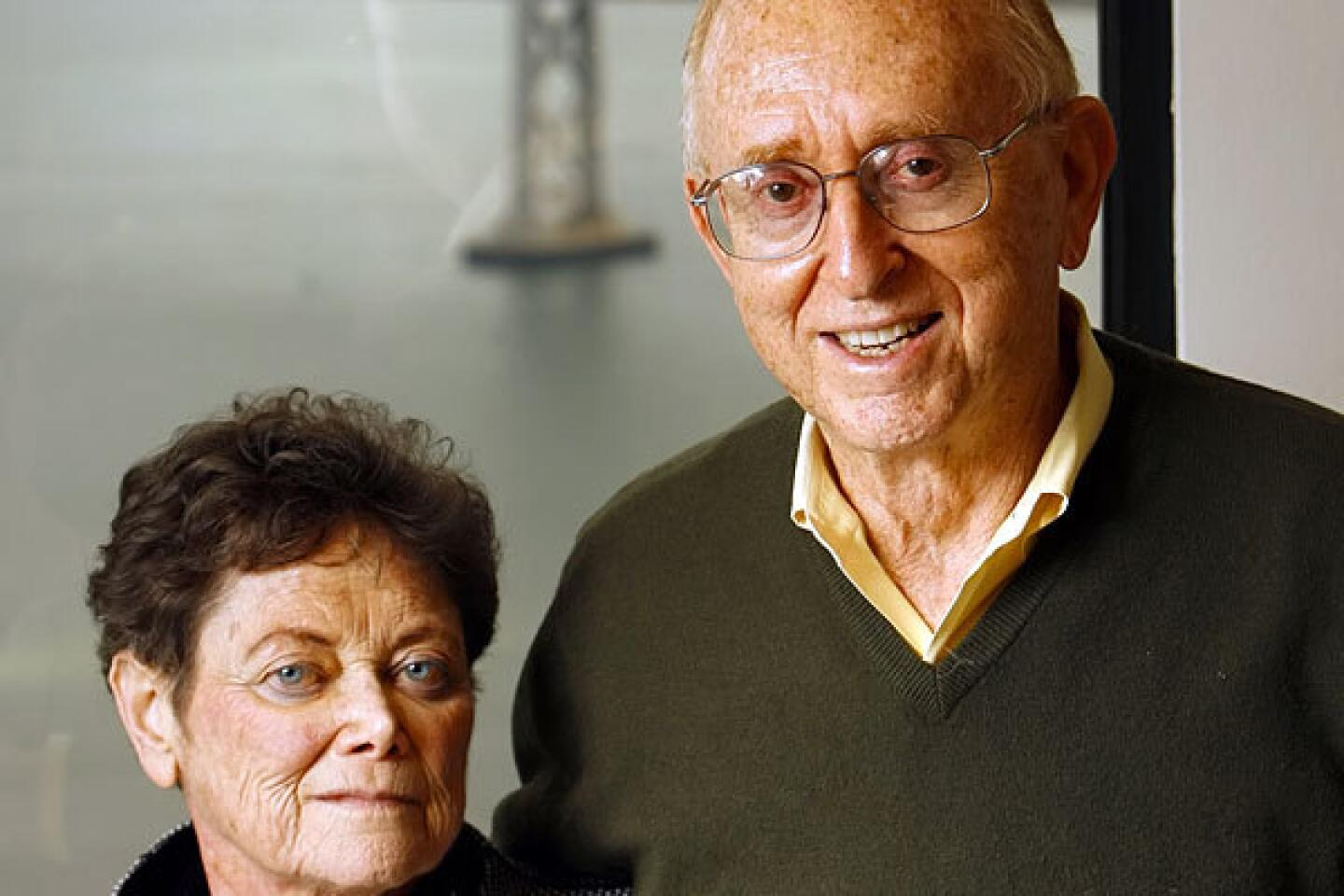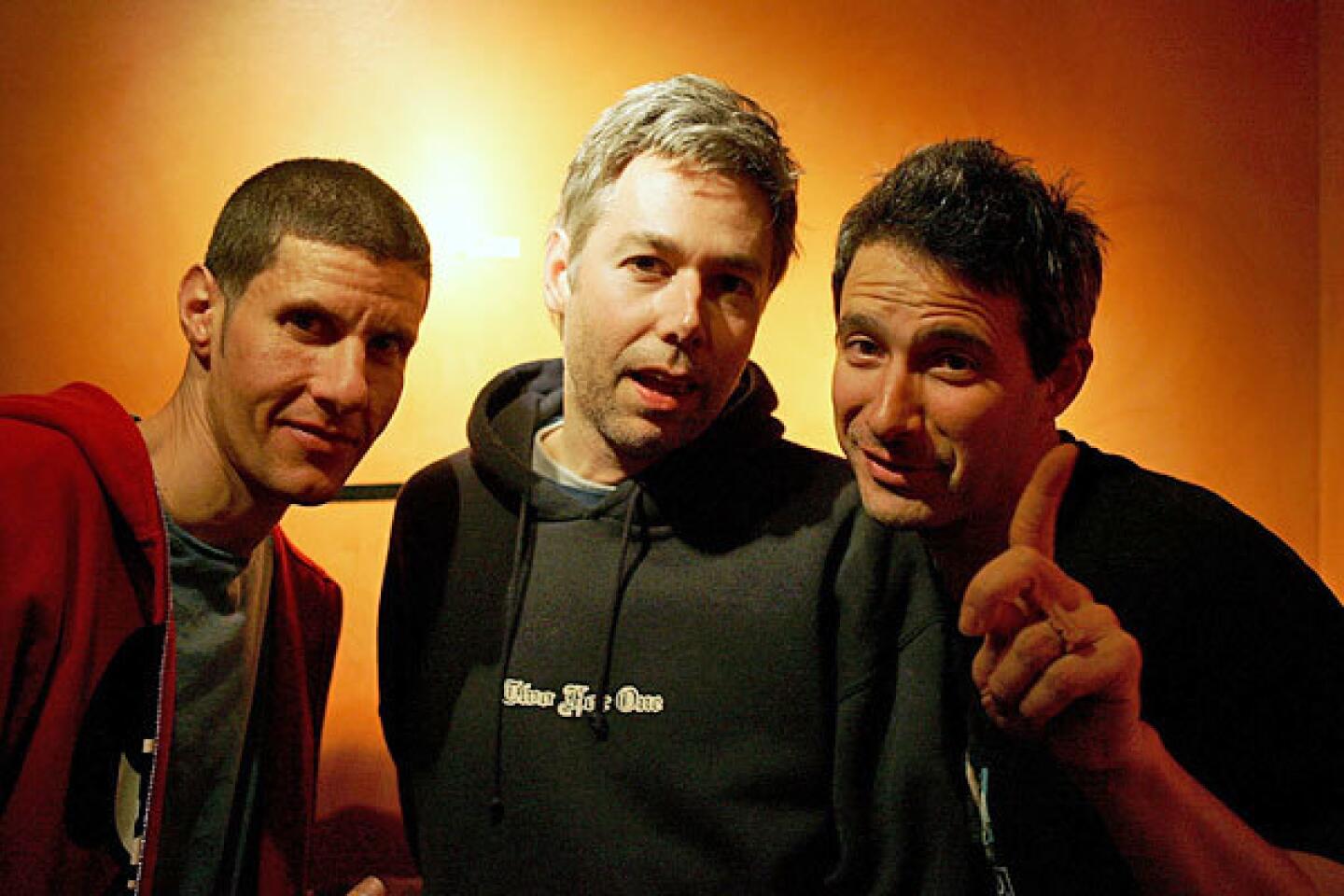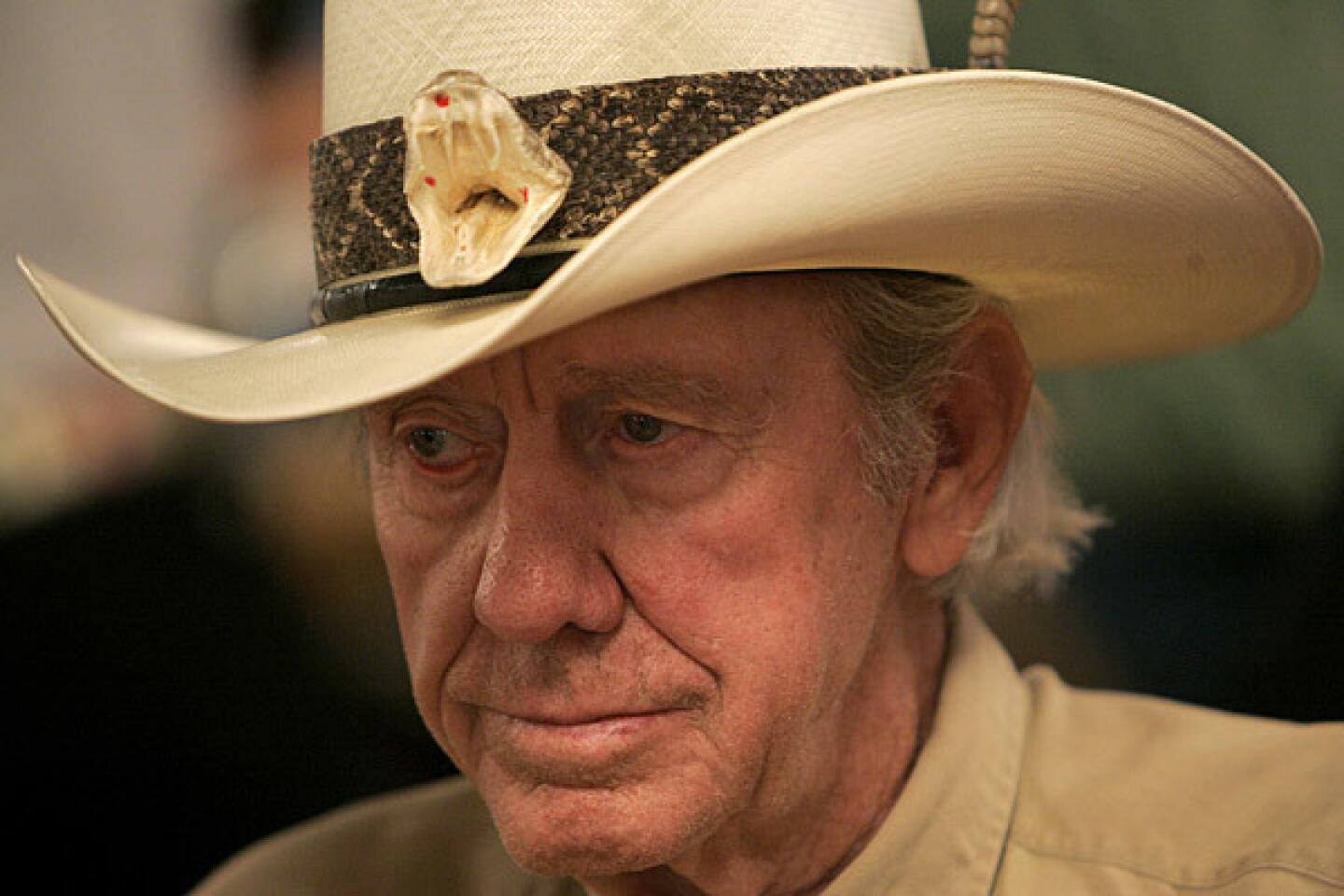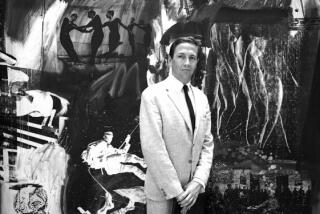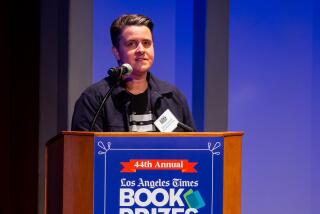Hilton Kramer dies at 84; polarizing but widely read art critic
Hilton Kramer, one of the art world’s most polarizing and widely read critics for 50 years and founding editor of the conservative arts journal The New Criterion, died Tuesday in Harpswell, Maine. He was 84.
Kramer had a rare blood disorder and died of heart failure, said New Criterion’s current editor Roger Kimball.
A staunch champion of modernism and fearless detractor of most of the art that followed, Kramer was chief art critic for the New York Times for nearly a decade before giving up the coveted post to start New Criterion in 1982. He wrote for that magazine and, during the 1990s, also produced a column for the New York Post, where he regularly bashed his former employer, The Times, as a bastion of liberal dogma.
Kramer “was not shy about enunciating his critical views,” Kimball said. “I don’t think he liked making enemies — he was actually a very jovial fellow, a great raconteur, and he loved to party — but it when came to culture, he took it very seriously.”
The combative critic made no apologies for enshrining dead European artists in his pantheon of enduringly great artists. Among the modern masters he celebrated were Max Beckmann, Henri Matisse and Pierre Bonnard. He admired some later artists, such as Helen Frankenthaler, whom he called “a major artist” in his 2006 book “The Triumph of Modernism.” He also had kind words for Richard Diebenkorn and the Norwegian painter Odd Nerdrum.
Others reaped only scorn. He called Roy Lichtenstein the “most vacuous of our Pop painters.” He blamed Andy Warhol and his fascination with celebrity for making art audiences “less serious, less introspective, less willing or able to distinguish between achievement and its trashy simulacrum.”
According to one oft-told story, Kramer was seated next to Woody Allen one night when the filmmaker asked if he was ever embarrassed to run into the subjects of his erudite attacks. Without hesitation, Kramer said, “No, I expect them to be embarrassed for doing bad work.”
He lamented the turn the art world took in the 1960s, when, he argued, critics and scholars threw aesthetics out the window in favor of judging artworks through a political lens. He believed the criteria for judging art was not subject to intellectual fads, the category to which he relegated works about cultural diversity and feminism. He once belittled the naming of Los Angeles’ Temporary Contemporary (now the Geffen Contemporary at MOCA), which he said was sad evidence of how ephemeral cultural standards had become.
He opposed federal funding of the arts for contributing to political correctness and the degradation of classic values in art.
Some fellow critics lashed back. The Los Angeles Times’ Christopher Knight, in a lengthy 1991 critique, called Kramer “the Little Dutch Boy of art criticism,” whose writings were futile efforts to hold back the tide of “Pop artists, Minimalists, Conceptualists and other horrid children of the 1960s.” A few years later, critic Peter Plagens wrote in Newsweek that Kramer was the critic the art world reads “like crazy, even if it’s by flashlight, under the blankets.”
Kramer was born on March 25, 1928, in Gloucester, Mass. He studied English and philosophy at Syracuse University in the 1940s, when he helped organize a gallery and artists’ studios in an abandoned downtown building.
After earning a degree in 1950, he took post-graduate classes at Columbia, the New School for Social Research, Harvard and Indiana University. However, he never completed any courses in art history.
He gained notice in the art world with a 1953 essay for the Partisan Review, “The New American Painting,” in which he challenged the ideas of leading critic Harold Rosenberg. He was hired in 1954 as an editor at Arts Digest, which was followed by stints at other journals, including The Nation and New Leader.
In 1965 he joined the New York Times as art news editor; he became chief art critic in 1973. He became the scourge of the city’s modern art temples — the Whitney, the Guggenheim and the Museum of Modern Art. He was unrestrained in his attacks on the Whitney Biennial, which he maligned with words like “claptrap” and “rubbish.”
He also delved into political subjects with unabashed neoconservative glee. Spurred in part by Allen’s 1976 movie “The Front,” Kramer assailed Hollywood for its efforts to revise Cold War history in “The Blacklist & the Cold War,” one of his most famous essays. It caused an uproar and, as he recalled two decades later in New Criterion, some of his Times colleagues stopped speaking to him. He said he was on good terms with the newspaper when he left several years later to launch New Criterion with pianist and music critic Samuel Lipman.
“My favorite observation is one that William Dean Howells made 100 years ago about the New York literary world,” he once told the Hartford Courant. “He said, ‘Making enemies is easy; keeping them is difficult.’ One has to work hard at it, and I seem to have succeeded to some degree.”
He married Esta Teich in 1964. She is his only immediate survivor.
More to Read
Start your day right
Sign up for Essential California for the L.A. Times biggest news, features and recommendations in your inbox six days a week.
You may occasionally receive promotional content from the Los Angeles Times.
